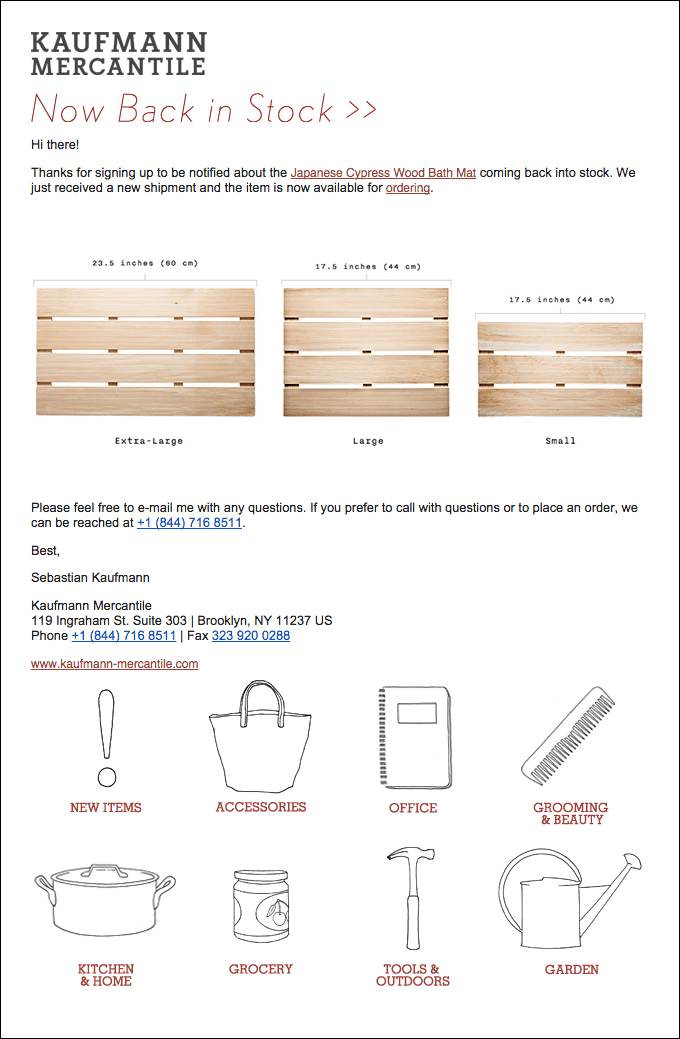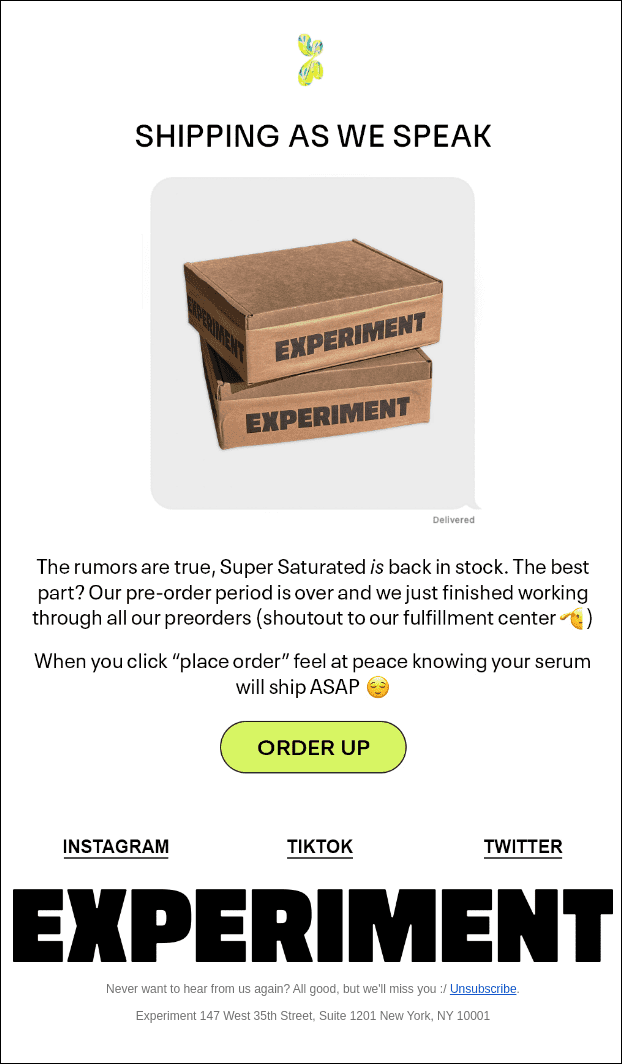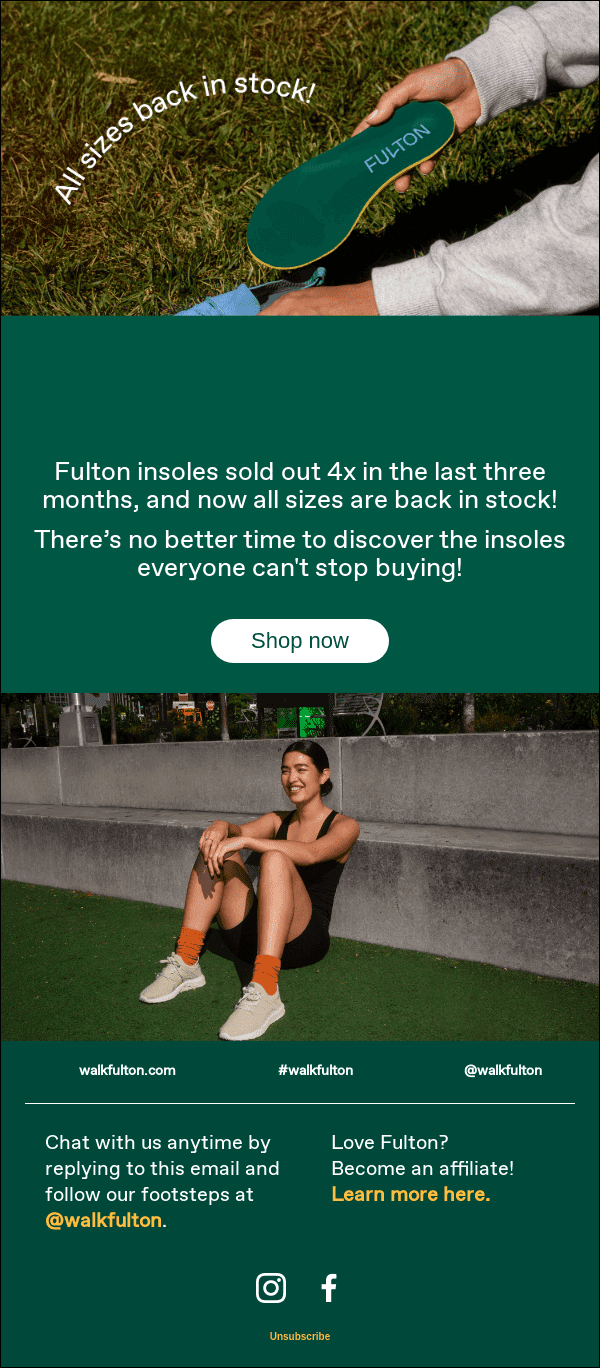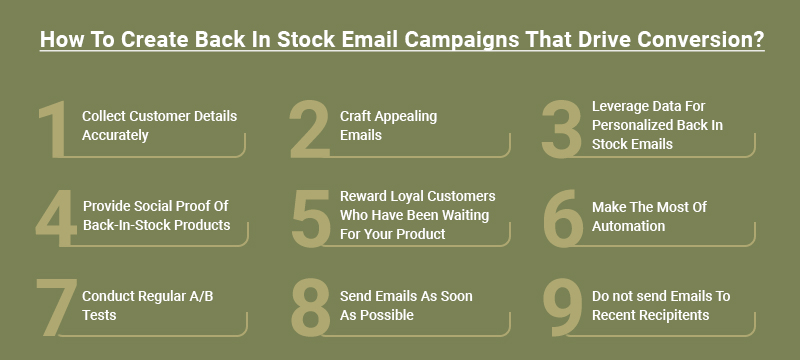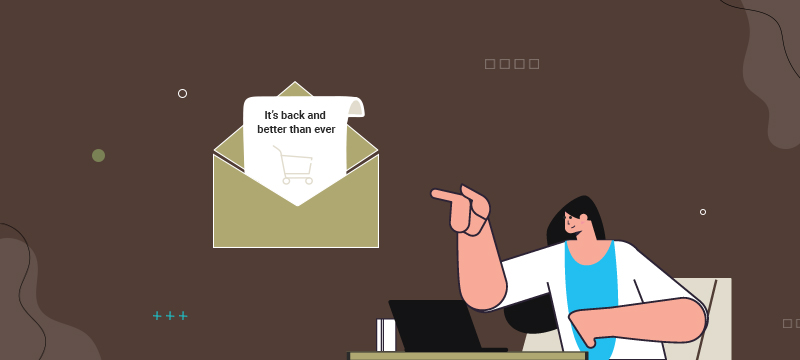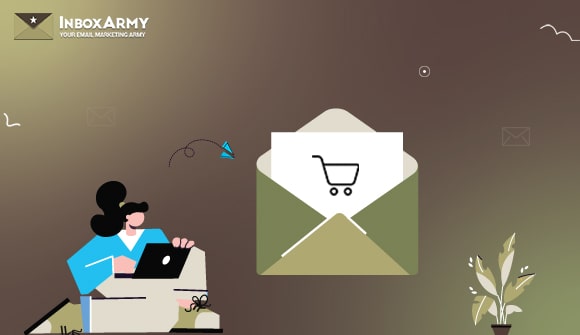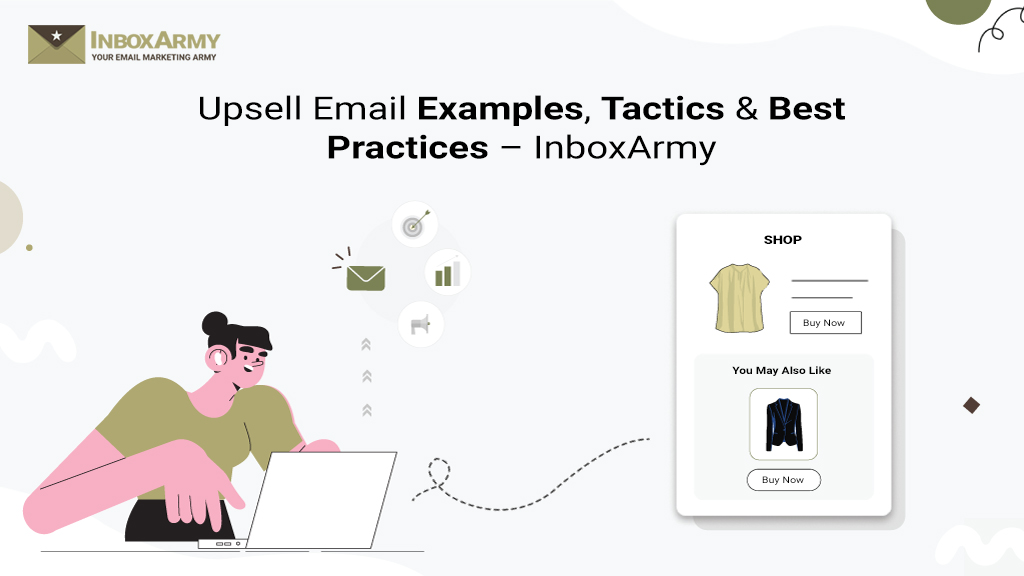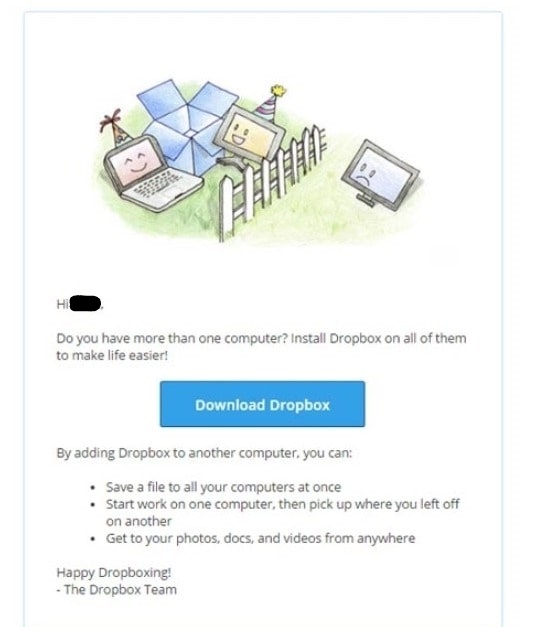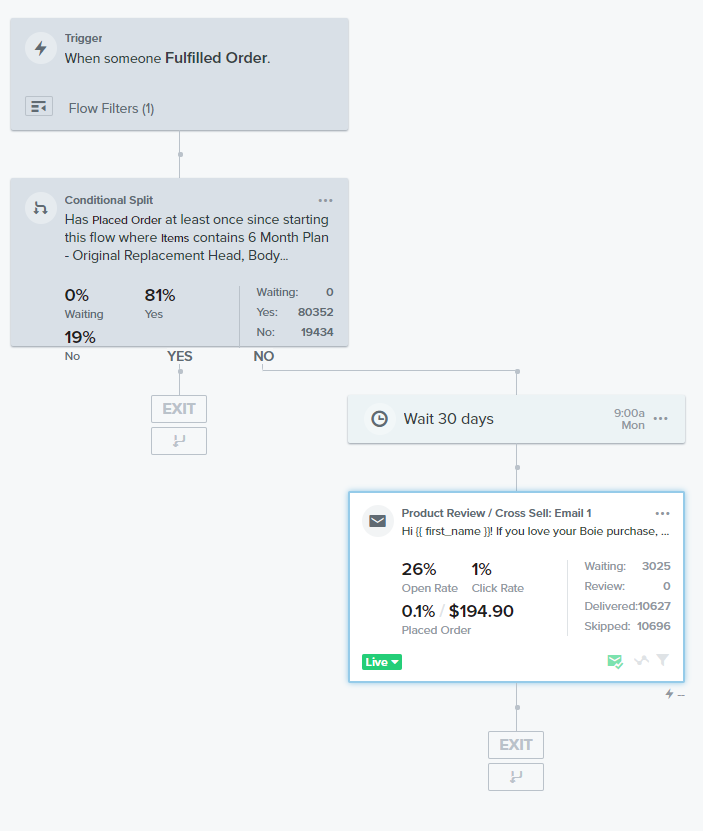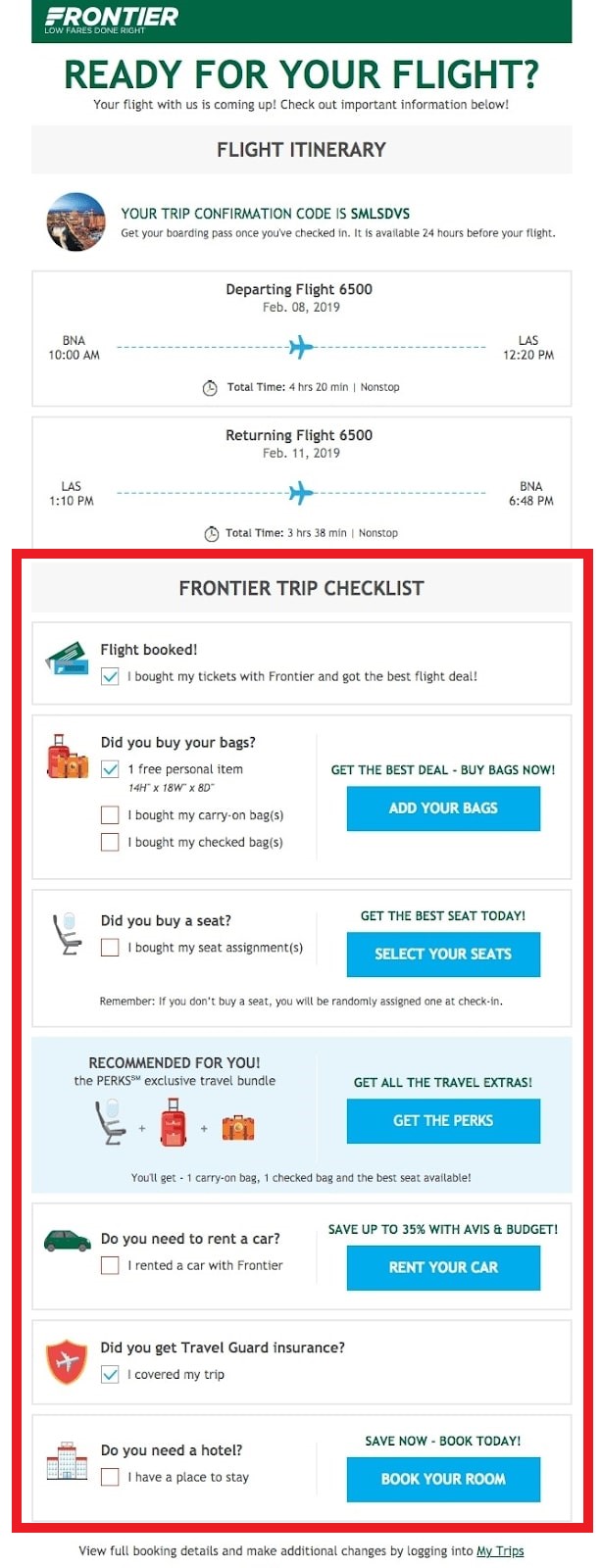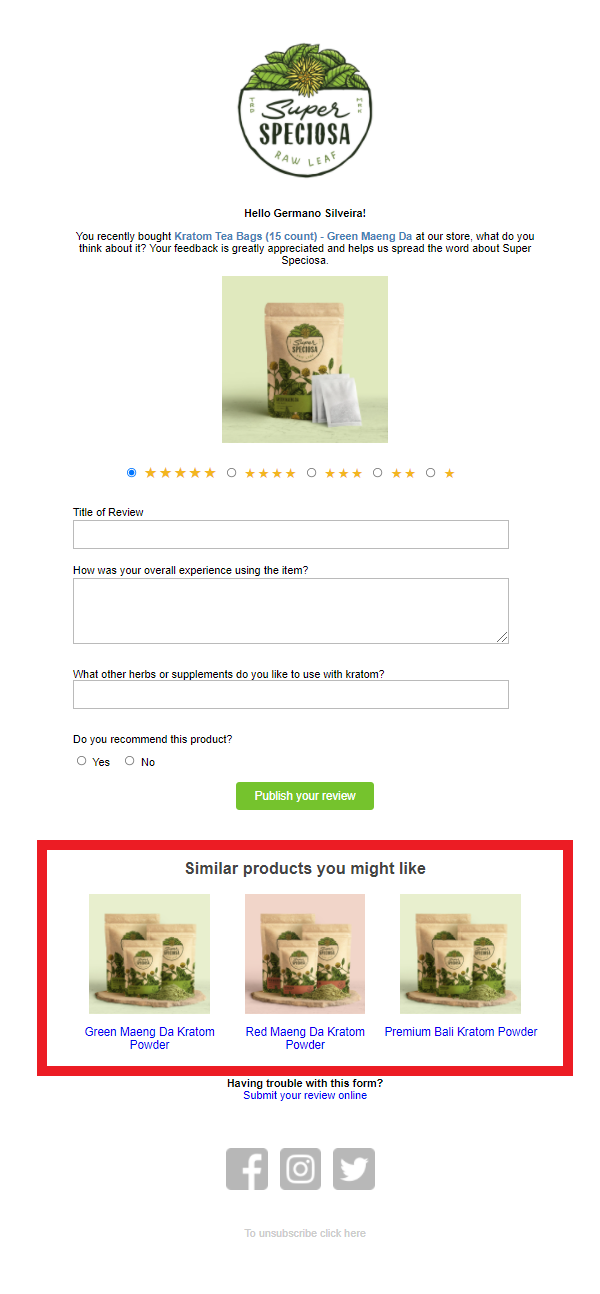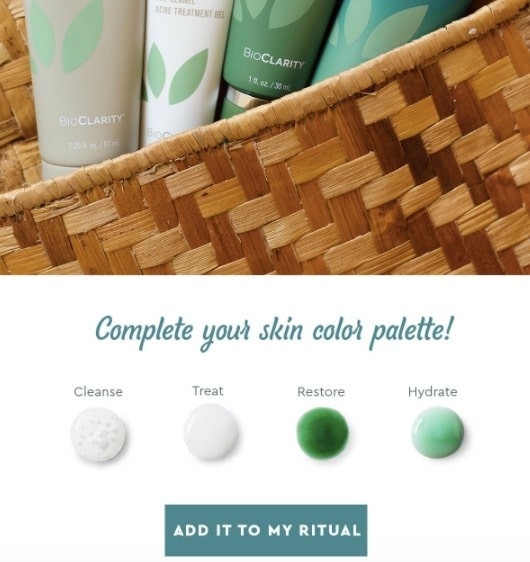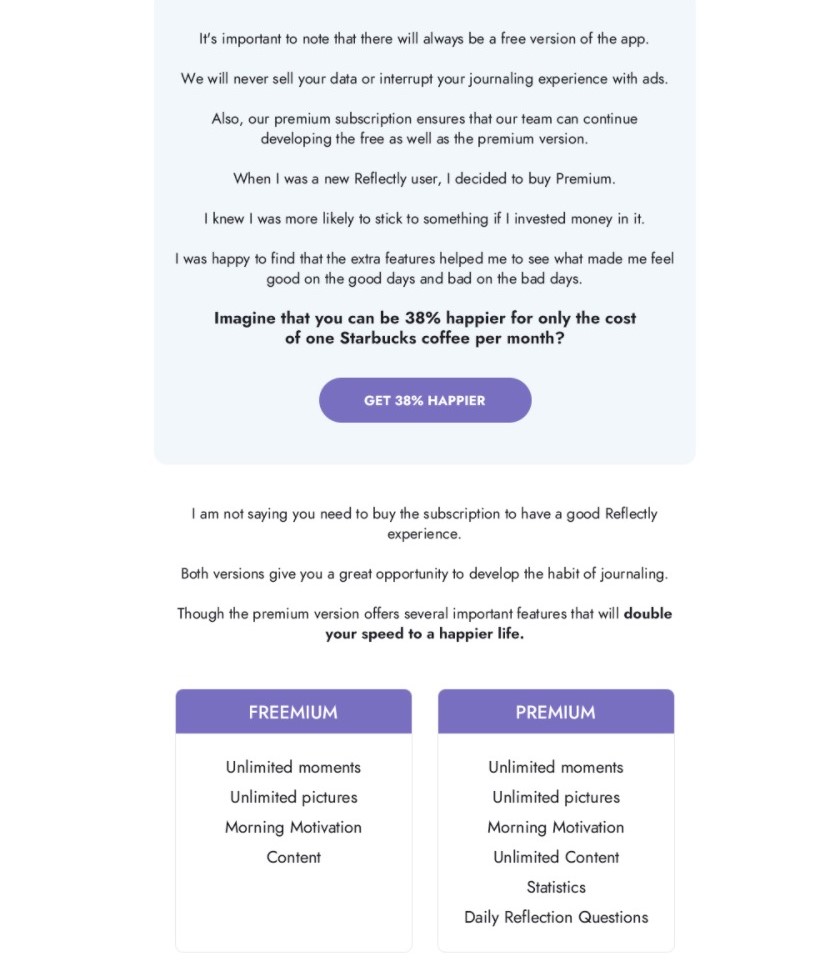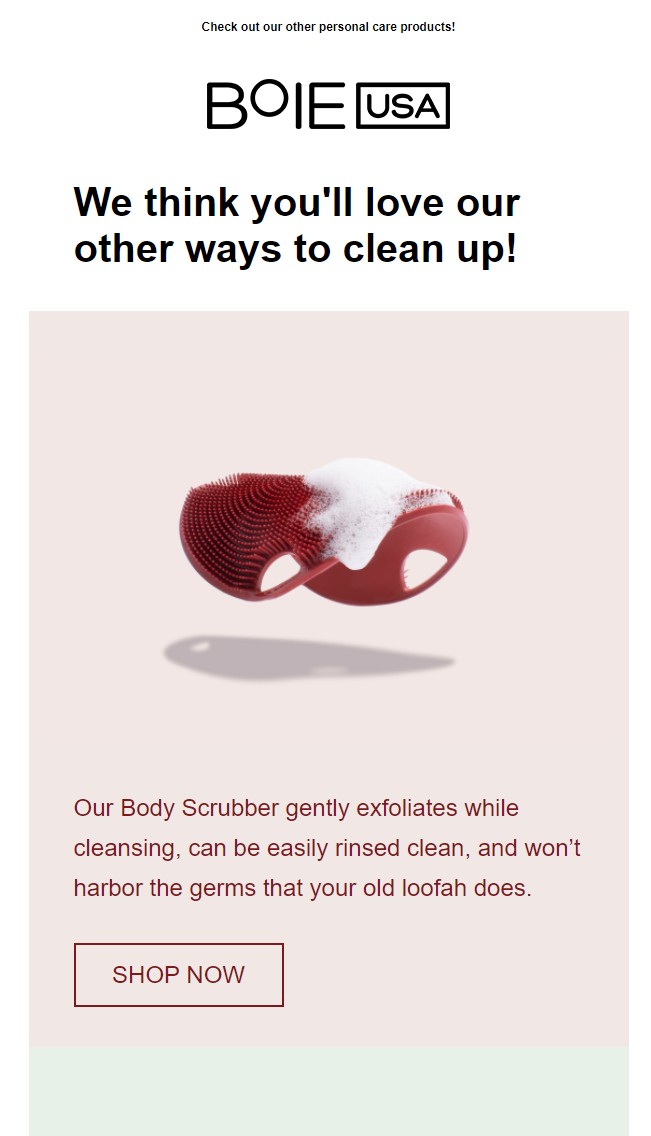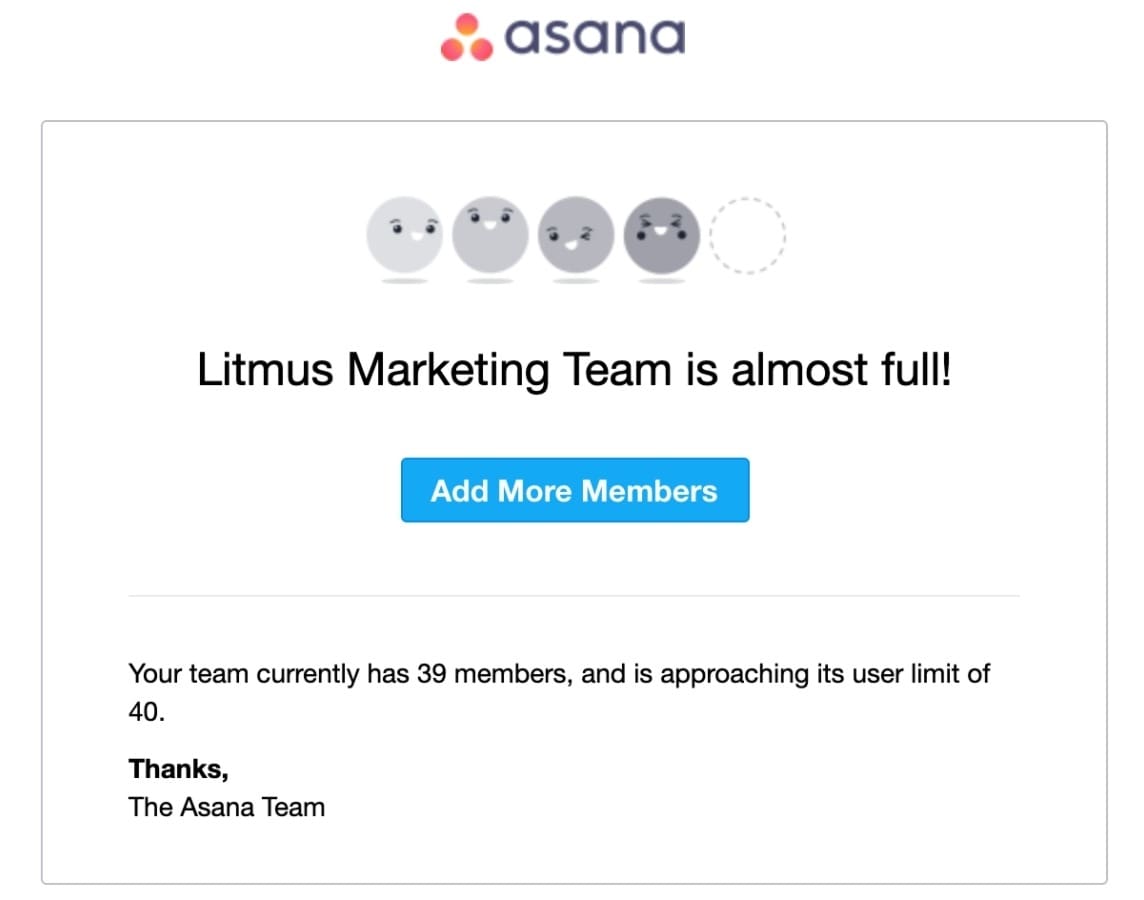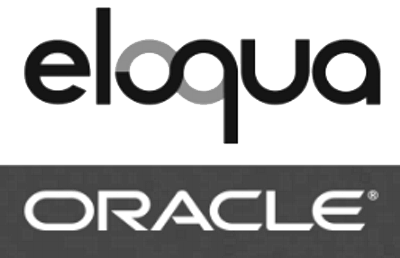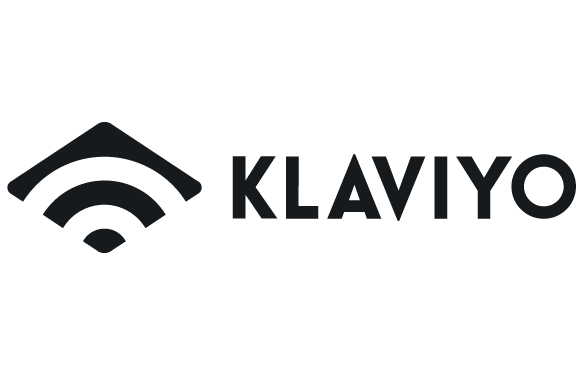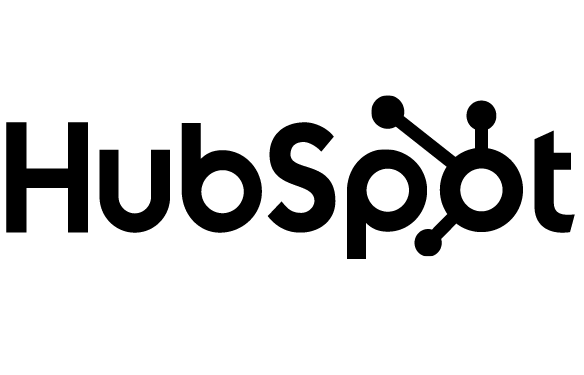It’s no secret that email is one of the most effective marketing tools available today. With over 4.3 billion people using it daily, it’s no surprise that 81% of marketers use email as their primary customer acquisition channel.
The reason behind this is simple: emails are personal and direct, which makes them effective at generating sales and increasing brand loyalty.
However, manually sending emails to your prospects and target customers manually is time-consuming and daunting. This is where email marketing software comes in handy. You can easily automate your email-sending process through these softwares.
Specifications of A Great Email Marketing Software
User Interface (UI)
An excellent email software should have an intuitive and easy to handle user interface (UI)
Integrations
It is important to choose an email software that is in sync with your platform.
Automation
Ensure your email software is well equipped with the recent AI-based features that let you reduce manual work and concentrate on your business’s core competencies.
Value for money
Always select an email software that best suits your budget and requirements.
12 Best Email Marketing Software For Ecommerce
1) Hubspot Marketing
Hubspot’s email tool contains all the features needed to streamline your business..
Hubspot’s personalization feature is also top-notch. Be it subject lines, content, or call-to-actions, you can personalize anything and increase the success rate of your campaign.
You can also add the Hubspot email marketing tool with its free CRM to streamline your business marketing efforts.
Let’s take a look at its feature in detail:
Email Creation: With HubSpot Marketing, you can easily create beautiful, responsive emails that look great on any device. The platform offers a drag-and-drop email editor that allows you to add text, images, buttons, and other elements to your emails without any coding knowledge.
Email Templates: HubSpot Marketing provides a wide range of customizable email templates businesses can use to quickly and easily create professional-looking emails. These templates are designed to be optimized for conversions and can be customized to match your brand’s look and feel.
Email Automation: HubSpot Marketing allows you to create and automate email campaigns to deliver targeted messages to your audience at the right time. You can use workflows to create automated email sequences based on triggers like user behavior, email opens, clicks, and more.
A/B Testing: The platform also offers email A/B testing features that allow you to test different versions of your emails to see which ones perform best. You can test different subject lines, images, calls-to-action, and more to optimize your email campaigns for maximum engagement and conversion rates.
Analytics: With HubSpot Marketing, you can track and analyze the performance of your email campaigns in real-time. The platform provides detailed analytics and reporting features that allow you to see open rates, email click-through rates, conversion rates, and other important metrics.
Software price:
- Free access
- The starter plan is available for 45$ per month
2) Omnisend
Omnisend is a comprehensive email software designed for ecommerce businesses of all sizes. It offers a range of tools and features to help businesses create and execute effective email campaigns, including automation, segmentation, and personalization.
Omnisend is known for its impeccable workflow automation, no code editor, along with modern email campaigns.
A whopping 50,000 Shopify users use Omnisend for their email requirements.
You can easily design custom emails through its drag-and-drop editor. You can also accelerate your sales and conversions by including coupon codes and products within the email. It further helps you analyze your sales funnel and understand your email campaigns’ performance.
Some of the key features of Omnisend include:
Email Automation: With Omnisend email marketing, businesses can easily create automated email campaigns to send personalized messages to their customers at the right time. These campaigns can be triggered by customer behavior, such as abandoned cart emails, welcome series, and re-engagement campaigns.
Segmentation: The platform allows businesses to segment their audience based on various criteria, such as purchase history, browsing behavior, and demographics. Email segmentation enables businesses to deliver personalized messages to their audience based on their interests and needs.
Personalization: Omnisend offers a range of personalization options to help businesses tailor their email campaigns to their audience. These options include dynamic content, personalized product recommendations, and personalized subject lines.
Integration: Omnisend integrates with a wide range of ecommerce platforms, including Shopify, WooCommerce, and BigCommerce. This integration enables businesses to sync their customer data and automate their email campaigns.
Reporting and Analytics: The platform provides businesses with detailed analytics and reporting features to help them track the performance of their email campaigns. This data includes open rates, click-through rates, conversion rates, revenue generated, and more.
Software price:
- Free plan for 250 contacts and 500 emails per month
- The standard plan begins at $16 per month
- The pro plan begins at $59 per month
3) ActiveCampaign
If your business needs advanced email automation, ActiveCampaign is the only tool you require.
ActiveCampaign provide businesses with a range of tools to create and automate targeted email campaigns.
With ActiveCampaign email marketing, users can build personalized email campaigns, create contact lists, track customer behavior, and analyze campaign performance.
The tool has a marketing automation flow builder and a CRM to manage all your contacts. This, in turn, helps you create visually engaging, hyper-personalized emails with dynamic blocks and the latest user-extracted data.
You can also spruce up your website by looking through ActiveCampaign. It allows you to create beautiful landing pages, popup forms, and sidebars on your website.
You can also integrate ActiveCampaign with Facebook and Google ads. As a result, you can easily retarget your customer base and create custom audiences.
Some of its key features include
User friendly interface: It offers a user-friendly interface that enables users to create custom templates with drag-and-drop functionality. The platform also provides a library of pre-designed templates that can be customized to suit individual branding requirements.
Users can also create dynamic content that adapts to individual customer preferences and behaviors, ensuring that emails are always relevant and engaging.
Automation: One of the key features of ActiveCampaign is its automation capabilities. The platform offers a range of automation workflows that can be triggered by specific customer behaviors or actions, such as opening an email, clicking a link, or making a purchase.
These workflows enable businesses to deliver targeted and timely messages to customers, increasing engagement and conversion rates.
Management tools: ActiveCampaign also provides advanced list management tools that enable users to segment contacts based on a range of criteria, including behavior, demographics, and interests. This allows businesses to create highly targeted email campaigns that are tailored to specific customer segments, increasing the relevance and effectiveness of each campaign.
ActiveCampaign also offers a range of other automation tools, including SMS marketing, social media marketing, and site tracking.
This allows businesses to create fully integrated campaigns that engage customers across multiple channels.
Analytics: ActiveCampaign also provides detailed analytics and reporting tools that enable users to track the performance of their email campaigns and measure the effectiveness of their marketing efforts. The platform offers real-time data on open rates, click-through rates, conversions, and more, allowing businesses to optimize their campaigns for maximum impact.
Software price:
- Free trial of 14 days
- Basic plan begins at $9
- Professional plan begins at $129 per month
- Check the ActiveCampaign pricing Plans for more details.
4) SendinBlue
If email outreach is your thing, SendinBlue is a tool you need. It has 40 excellent templates that help you design world-class emails.
It has a lifetime free plan to reach unlimited contacts with a daily email limit of 300. It can work wonders for businesses that are in their bootstrapping phase. You can also increase your contact list by creating landing pages and sign-up forms through SendinBlue.
With SendinBlue you can also have inbuilt editors where you can design and embed newsletter sign-up forms into the website and increase your subscriber base.
The tool also has a paid version that lets you A/B test your campaigns, allows you to send unlimited daily emails, and gives you a dedicated IP address alongwith a customer success manager.
Sendinblue is a cloud-based email software that helps businesses to build relationships with their customers through campaigns, SMS messages, and transactional emails.
It is an all-in-one marketing platform that provides tools to manage contacts, create and send emails, and track campaign performance.
Some of its features include:
Contact Management: Sendinblue allows businesses to manage and segment their contact lists, import new contacts, and track subscriber behavior.
Email Design: Users can create professional-looking email designs using Sendinblue’s drag-and-drop email builder or customize templates using HTML and CSS.
Campaign Management: Sendinblue offers various campaign types such as newsletters, promotional emails, and automated campaigns based on triggers like user behavior.
Marketing Automation: With SendinBlue email marketing, users can create automated workflows to send targeted emails, SMS messages, and retargeting ads based on user behavior, such as abandoned cart reminders, welcome emails, and more.
A/B Testing: Sendinblue enables users to test different variations of their emails, subject lines, and send times to optimize their campaigns for better performance.
Reporting and Analytics: The software provides detailed reports on campaign performance, including open rates, click-through rates, bounce rates, and more.
Integration: It integrates with various third-party apps, such as Shopify, Salesforce, WordPress, and more.
User-Friendly Interface: Its easy-to-use interface allows users to create and send campaigns quickly without any technical expertise.
Multi-Channel Marketing: With SMS, email, and automation features, users can reach their customers on multiple channels with personalized messaging.
Customer Support: Sendinblue offers customer support through phone, chat, and email, and users can also access their knowledge base and resources for self-help.
Software price:
- Free up to 300 emails every day.
- The Lite plan begins at 25$/month.
- The premium plan begins at $65/per month.
5) Drip
Drip is a cloud-based email marketing automation platform designed to help businesses of all sizes create personalized campaigns, automate workflows, and drive customer engagement. It was founded in 2013 and acquired by Leadpages in 2016.
It is a marketing CRM tool that helps you streamline your social media and campaign for your ecommerce business. The tool helps you run extremely targeted campaigns.
Drip is compatible with all the major ecommerce platforms such as WooCommerce, Shopify, BigCommerce, and Magento. It also helps you integrate your ecommerce platform with Facebook and Google ads. This, in turn, helps you in tracking and retargeting your customer base with personalized content.
Further, the tool lets you track your customer’s journey across all the channels. It also shows you the important engagement metrics from all channels.
Drip offers a variety of features to create effective campaigns. Let’s take a look:
Visual builder : Its visual builder allows users to easily drag and drop elements to create custom templates. It also offers pre-built templates for quick and easy setup. Users can add dynamic content to emails based on subscriber behavior or other data, such as location or purchase history.
Automation: Drip’s automation capabilities allow businesses to create targeted and personalized email workflows that are triggered by subscriber behavior, such as clicks, opens, and purchases. The platform also offers a range of automation triggers, such as time delays, custom events, and tags.
Segmentation: Drip’s segmentation tools allow users to create targeted campaigns for specific groups of subscribers. Segmentation can be based on subscriber behavior, demographic data, or other criteria, making it easy to create personalized campaigns that resonate with different groups of subscribers.
Analytics : Drip also includes robust analytics and reporting features, providing users with real-time insights into email performance, subscriber engagement, and revenue generated. It also integrates with a variety of third-party platforms, including CRMs, ecommerce platforms, and social media.
Software price:
- Free 14 day trial.
- Pricing begins with $19 per month for 500 contacts.
6) MailChimp
Mailchimp allows users to create and manage campaigns, newsletters, and automated messages. It was founded in 2001 and has since grown to become one of the most widely used email platforms in the world.
MailChimp can be your go to email software if you need to send bulk emails. The tool comes with a drag and drop editor along with a lot of ready to use templates.
This allows you to craft compelling emails instantly. You can also tag and segment your contacts through MailChimp and send them personalized emails.
It also gives you access to reports that would help you analyze your email campiagn’s performance. Also it has a content optimizer that helps you improve your email copy and create content that convert.
Let’s take a look at its features:
User-friendly interfaces: One of the key features of Mailchimp is its user-friendly interface, which makes it easy for businesses of all sizes to create and send professional-looking campaigns. The platform offers a drag-and-drop email builder that allows users to customize their campaigns with different layouts, colors, and fonts.
Templates: Mailchimp also provides users with a range of templates that can be used as a starting point for their campaigns. These templates cover a wide range of industries and can be easily customized to fit a business’s specific needs.
Automation: Another important feature of Mailchimp is its automation capabilities. With Mailchimp Email Marketing, users can set up automated emails based on specific triggers, such as a new subscriber joining their list or a customer making a purchase. This allows businesses to stay in touch with their customers without having to manually send out emails.
Mailchimp also offers a range of other marketing tools, including social media advertising and landing page creation.
Users can easily integrate their Mailchimp account with social media platforms like Facebook and Instagram, allowing them to create targeted ad campaigns.
Software price:
- Free plan with an email limit of 10000 and 2000 contacts.
- Essential plan begins at $11/month.
- Standard plan begins at $17/month.
- Premium plan begins at $299/month.
- Check Mailchimp pricing plans for more details.
7) ConstantContact
Constant Contact is an email marketing software that helps businesses create and send professional-looking emails to their subscribers. Founded in 1995, Constant Contact has been a leading email marketing platform for over two decades.
It helps you create and customize emails that are well-optimized for every screen size.
The tool comes with a smart editor that has around 300 professional and aesthetic email templates. This, in turn, makes the whole process of email creation easy and quick.
Let’s take a look at its features:
Drag and Drop Editor: Constant Contact also has an easy to use drag and drop editor. You can also use this tool to gather your target audience’s information by sending sign up emails and polls to your contacts.
The tool also lets you automate your email sending process, thereby streamlining the whole process of welcoming new customers, while nurturing the leads, engaging the customers, and expanding the reach.
List management tool: Another key feature of Constant Contact is its list management tools. Users can easily import their existing lists or create new ones within the platform. The platform also includes features for managing subscribers, such as automatic list cleaning and segmentation tools that allow users to send targeted emails to specific groups of subscribers.
Automation: Constant Contact also offers automation features that allow users to create and schedule automated emails based on triggers, such as a subscriber signing up for their list or making a purchase on their website. Users can set up a series of emails to be sent automatically over a period of time, which can help businesses stay in touch with their subscribers without having to manually send out emails.
Constant Contact also offers a range of other email marketing tools, including social media marketing and online surveys. Users can easily integrate their Constant Contact account with social media platforms like Facebook and Instagram to create targeted ad campaigns.
Software price :
- 2 months free trial.
- Price of the basic version is $9.99 per month.
- Price of the plus version is $45 per month.
8) Moosend
Moosend is a cloud-based software that helps businesses of all sizes to design, automate, and send campaigns to their subscribers.
It provides a range of tools and features to create professional-looking emails, manage lists, track email performance, and automate campaigns.
It works as an end-to-end email marketing tools. From designing responsive emails to automating emails through triggers, control steps, and actions, it does it all.
The tool also has a well-structured and appealing user interface and dashboard which helps businesses streamline their email automation process. You can also use Moosend to segment your customer base on their behaviors and a few other metrics
Here are some of the key features and capabilities of Moosend:
Email editor: Moosend’s drag-and-drop email editor allows you to create beautiful and responsive emails without any coding skills. You can choose from a range of customizable templates, add text, images, videos, buttons, and social media icons to your emails, and preview them before sending.
Marketing automation: Moosend offers a range of automation workflows to help you send the right message to the right people at the right time. You can set up triggers and conditions to automate welcome emails, abandoned cart emails, birthday emails, and more.
Email list management: With Moosend, you can easily manage your lists, segment them based on various criteria, and keep them clean and up-to-date. You can import and export contacts, integrate with third-party apps, and remove invalid or bounced email addresses.
A/B testing: Moosend allows you to test different elements of your emails, such as subject lines, content, and CTAs, to see which version performs better. You can also test different sending times and frequencies to optimize your campaigns.
Reporting and analytics: Moosend provides detailed reports and analytics to help you track the performance of your campaigns. You can see open rates, click-through rates, bounce rates, and conversion rates, and use this data to improve your future campaigns.
Integrations: Moosend integrates with a wide range of third-party apps and services, such as Zapier, Shopify, Salesforce, and Google Analytics, to help you streamline your workflows and improve your overall email marketing strategy.
Software price:
- Free trial for 30 days.
- Pro plan begins at $9 /month.
9) SmatrMail
SmatrMail is an software designed to help ecommerce businesses increase their revenue by sending personalized and targeted campaigns.
The platform was developed by Netcore Solutions, a leading digital communication and automation company.
You can easily increase your conversions through SmatrMail. It has a bunch of ready to use templates, along with custom templates. These templates are mobile optimized, thereby increasing your open and click-through rates.
You can also work on a lot of customer focussed campaigns through market automation of SmatrMail. The tool also lets you create a variety of buying journeys based on your subscribers position in the market funnel.
Once you know if your subscriber is an existing customer, new customer, or a repeat customer, you can easily send them relevant and engaging email.
SmartMail offers a range of features that allow businesses to create and manage their campaigns. Let’s take a look:
Segmentation: One of its key features is its segmentation tool, which allows businesses to segment their lists based on customer behavior, demographics, and other criteria. This enables businesses to send targeted emails that are more likely to convert into sales.
Email template builder: Another important feature of SmartMail is its email template builder, which allows businesses to create professional-looking emails quickly and easily. The platform also includes a drag-and-drop editor that makes it easy to customize templates to match a company’s brand.
Automation tool : SmartMail also provides businesses with a range of automation tools that help to streamline their campaigns. For example, the platform offers automated email sequences, abandoned cart emails, and post-purchase follow-up emails. These automation tools can save businesses time and effort, while also improving the effectiveness of their email marketing campaigns
Analytics and reporting: SmartMail also provides detailed analytics and reporting features, which allow businesses to track the performance of their campaigns. This includes metrics such as open rates, click-through rates, and conversion rates. The platform also includes A/B testing capabilities, which allow businesses to test different campaigns and determine which ones are most effective.
Integration: Finally, SmatrMail integrates with a range of ecommerce platforms, including Shopify, WooCommerce, Magento, and BigCommerce. This makes it easy for businesses to connect their campaigns with their online stores and track the impact of their email marketing efforts on their overall revenue.
Software Price:
- Free plan with 250 subscribers and 500 emails per month
- Standard plan begins with 12 emails/month/user
- Unlimited Plan begins at $99/month, allowing you to send unlimited emails/month/user.
- Visit the tool’s pricing page for more details.
10 AiTrillion
AiTrillion is an all-in-one email marketing software designed to help ecommerce businesses grow and succeed. It is an artificial intelligence-based platform that offers a variety of features to create, manage, and automate email campaigns.
It is a great tool for growing your overall customer engagement. It helps you personalize your emails. It also has a drag and drop editor which allows you to create email marketing workflow to engage with customers throughout their buyer journey.
The tool also has 50+ pre-built email templates which can help you inform and educate your customers according to the time when they visited your store.
Let’s take a look at its broader features:
Email campaign builder: One of the main features of AiTrillion is its email campaign builder, which allows businesses to create and send customized campaigns. The platform offers a range of pre-built templates that can be easily customized using a drag-and-drop editor. This makes it easy to create professional-looking emails that match a company’s branding.
Segmentation: AiTrillion also provides advanced segmentation capabilities, allowing businesses to target specific groups of customers based on their behavior, demographics, and other criteria. This enables businesses to send more personalized and relevant emails that are more likely to convert into sales.
Automation: Another key feature of AiTrillion is its automation capabilities. The platform offers a range of automation tools, such as abandoned cart emails, post-purchase follow-up emails, and win-back campaigns. These automation tools can save businesses time and effort while also improving the effectiveness of their email marketing campaigns.
Analytics: AiTrillion also provides businesses with detailed analytics and reporting features, which allow them to track the performance of their campaigns. This includes metrics such as open rates, click-through rates, and conversion rates. The platform also allows you to test different campaigns and determine which ones are most effective.
Integration: Furthermore, AiTrillion offers integrations with popular ecommerce platforms such as Shopify, WooCommerce, and Magento. This makes it easy for businesses to connect their campaigns with their online stores and track the impact of their email marketing efforts on their overall revenue.
AiTrillion also provides a range of other features such as web push notifications, SMS marketing, loyalty programs, and reviews and ratings. This all-in-one approach helps businesses to streamline their marketing efforts and provides a more holistic view of their customer engagement.
Software price:
- Free trial for 30 days.
- Paid plan begins with $49 per month where you can send 75,000 emails per month.
11) Mailerlite
Mailerlite is an email marketing software that provides businesses with an easy-to-use platform for creating, sending, and tracking email campaigns.
It was founded in 2010 by Ignas Rubezius and has since grown to become a popular choice for small and medium-sized businesses looking for an affordable and efficient email marketing solution.
Mailerlite can be your go-to email marketing tool if you have a small business. It helps you send creative and precise email copies instantly. It has all the advanced email features at a reasonable price.
The tool provides you with content blocks to design excellent email copies. You can also easily segment your customers and automate your emails through Mailerlite.
Let’s take a look at its key features:
Drag and drop editor : One of the key features of Mailerlite is its drag-and-drop email editor, which allows users to create professional-looking emails without needing any coding or design skills.
The editor is intuitive and user-friendly, making it easy to add images, text, and other elements to your emails. Additionally, Mailerlite offers a library of pre-designed templates that can be customized to fit your brand and messaging.
Automation: Another important feature of Mailerlite is its automation capabilities. With Mailerlite, you can create automated email workflows that trigger based on specific actions or behaviors, such as when a user signs up for your list or makes a purchase on your website. These automated workflows can help you save time and increase engagement with your subscribers by sending targeted and relevant emails.
Email list management tools: Mailerlite also provides a suite of tools for managing your email list, including the ability to segment your subscribers based on their interests or behaviors.
This allows you to send more targeted emails and improve the effectiveness of your campaigns. Additionally, Mailerlite offers built-in A/B testing functionality, which allows you to test different variations of your emails to see what resonates best with your audience.
Reporting and analytics: When it comes to tracking the performance of your campaigns, Mailerlite provides detailed analytics and reporting tools. You can see metrics like open rates, click-through rates, and conversion rates, as well as track subscriber growth over time. This data can help you make informed decisions about how to optimize your campaigns for better results.
Overall, Mailerlite is a robust and user-friendly email software that offers a wide range of features at an affordable price point. Whether you’re just getting started with email marketing or looking to switch to a new provider, Mailerlite is definitely worth considering.
Software price:
- Free plan up to 1000 subscribers
- Growing business plan begins at $9 per month
- Advanced plan begins at $19 per month
12) Klaviyo
Klaviyo is a powerful email marketing software designed to help businesses of all sizes grow and engage with their audience. It is a cloud-based platform that offers a wide range of tools and features to help users create and manage email campaigns, as well as track their performance.
Klaviyo email marketing lets you create personalized email campaigns by helping you capture customer data through Ecommerce websites. These personalized emails include follow-up sequence emails to help you increase your sales and conversions.
Here’s a look at its few features:
Ease of use: One of the main benefits of Klaviyo is its ease of use. The software is intuitive and user-friendly, making it easy for even beginners to get started with email marketing.
It offers a drag-and-drop editor that allows users to create visually appealing emails without any coding knowledge. Users can also choose from a variety of pre-designed Klaviyo email templates or create their own from scratch.
Segmentation: Klaviyo also offers advanced targeting and segmentation capabilities. Users can create targeted email campaigns based on a variety of factors such as purchase history, browsing behavior, and demographics.
This allows businesses to send highly relevant and personalized messages to their audience, which can improve engagement and conversion rates.
Automation: Another key feature of Klaviyo is its automation capabilities. Users can set up automated email campaigns based on triggers such as abandoned carts, product recommendations, and post-purchase follow-ups. This helps businesses save time and resources while still delivering timely and relevant messages to their audience.
The best part about Klaviyo is it’s integrations with other marketing channels such as SMS, social media, and web push notifications. This allows businesses to create cohesive and integrated marketing campaigns across multiple channels.
Overall, Klaviyo is a powerful software that offers a wide range of features and capabilities to help businesses grow and engage with their audience. Its ease of use, targeting and segmentation capabilities, automation features, and klaviyo integration with other marketing channels make it a popular choice among businesses of all sizes.
Software price:
- Starts from $25/month including 500 subscribers and 3,000 emails.
- Check the Klaviyo Pricing Plans for more details.
Choose an email marketing software that best suits your ecommerce business
The first step is to figure out what you need it for.
If your business has been around for a while and you have some data behind you, then it will be easier to figure out which features are most important.
However, if this is your first time or simply don’t have much data yet, then the best way to decide on a platform is by looking at reviews of different platforms from people who have used them before.
Once you’ve narrowed down which platform works best for you, it’s time to dig into the details of each one so that there’s no confusion about what they offer or how they work their magic behind the scenes.
Connect with our ecommerce email marketing agency to get help with all of your email marketing needs. We will help you scale up your email campaign and make your Ecommerce business a success, one email at a time.

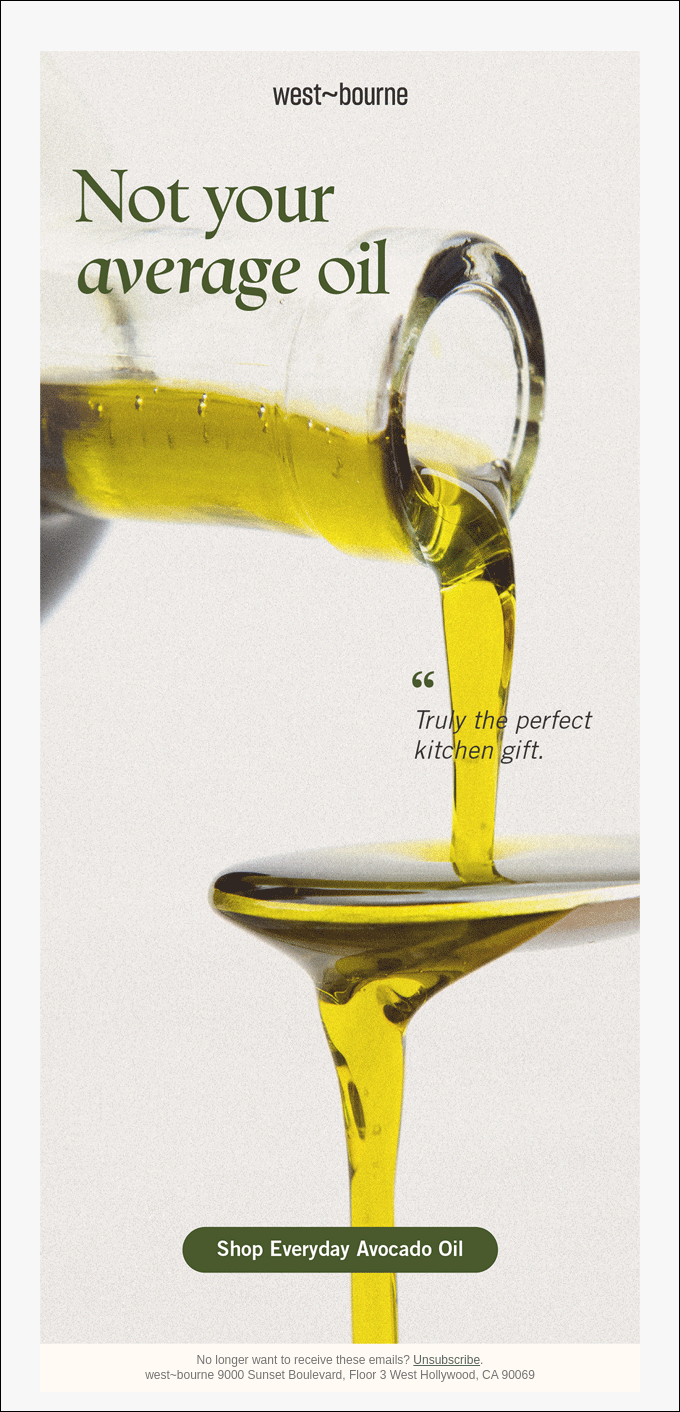

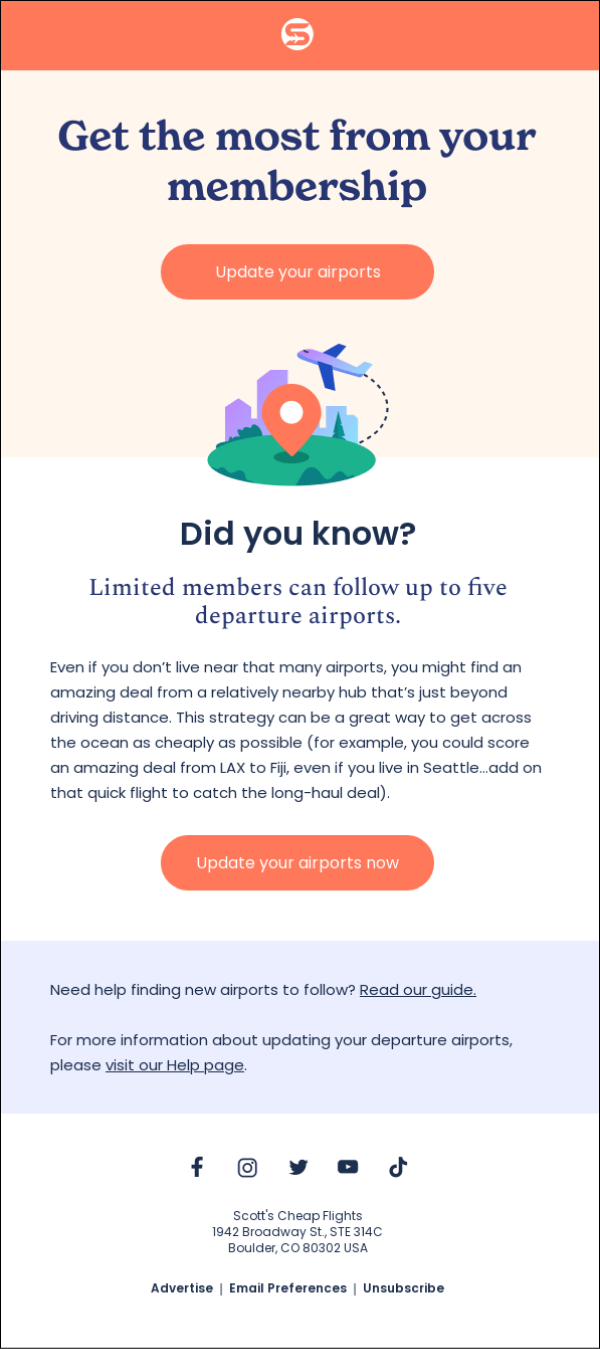
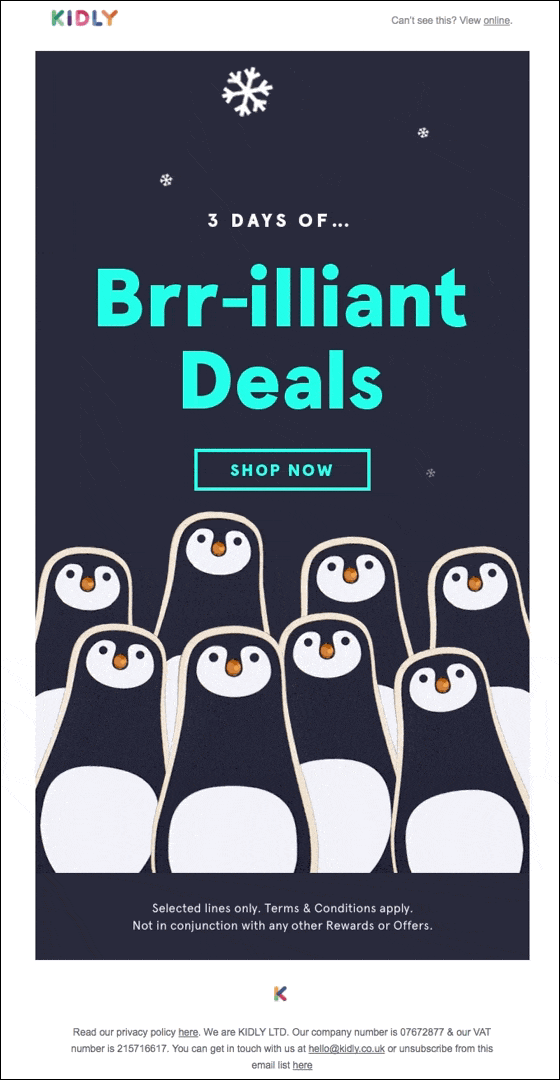

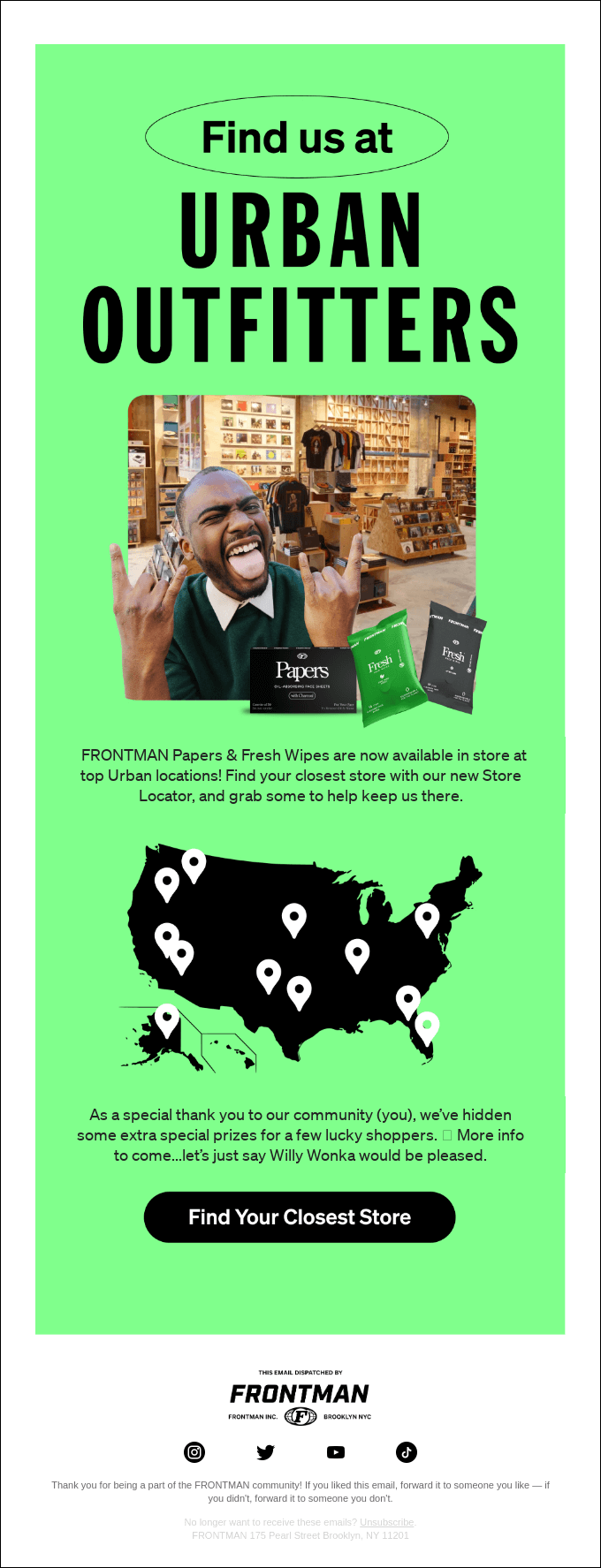




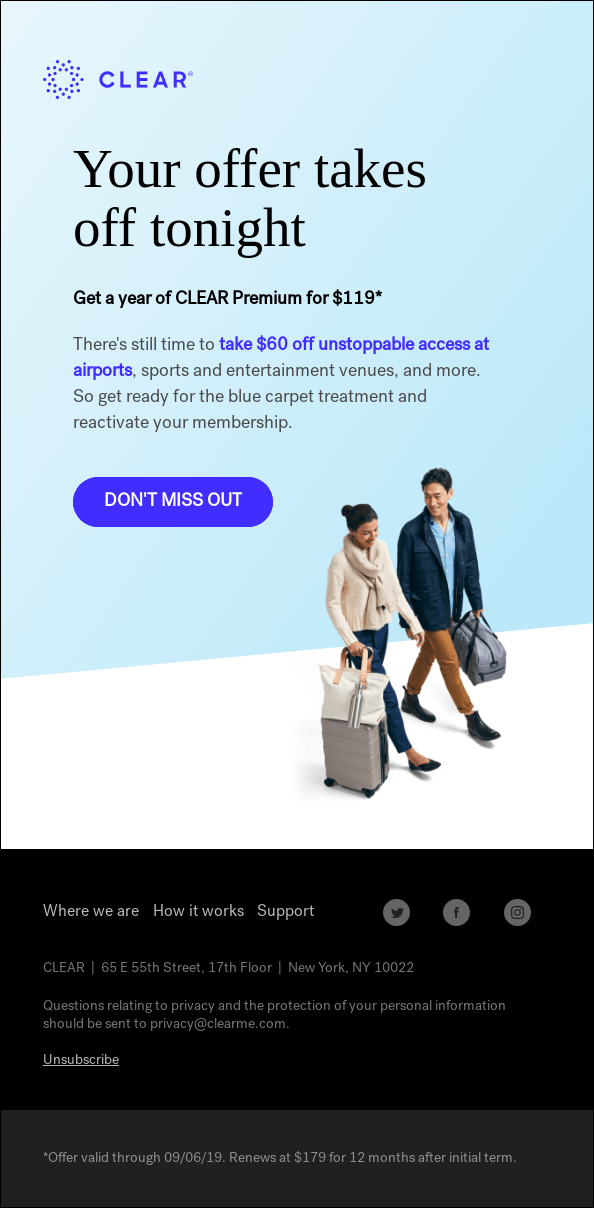




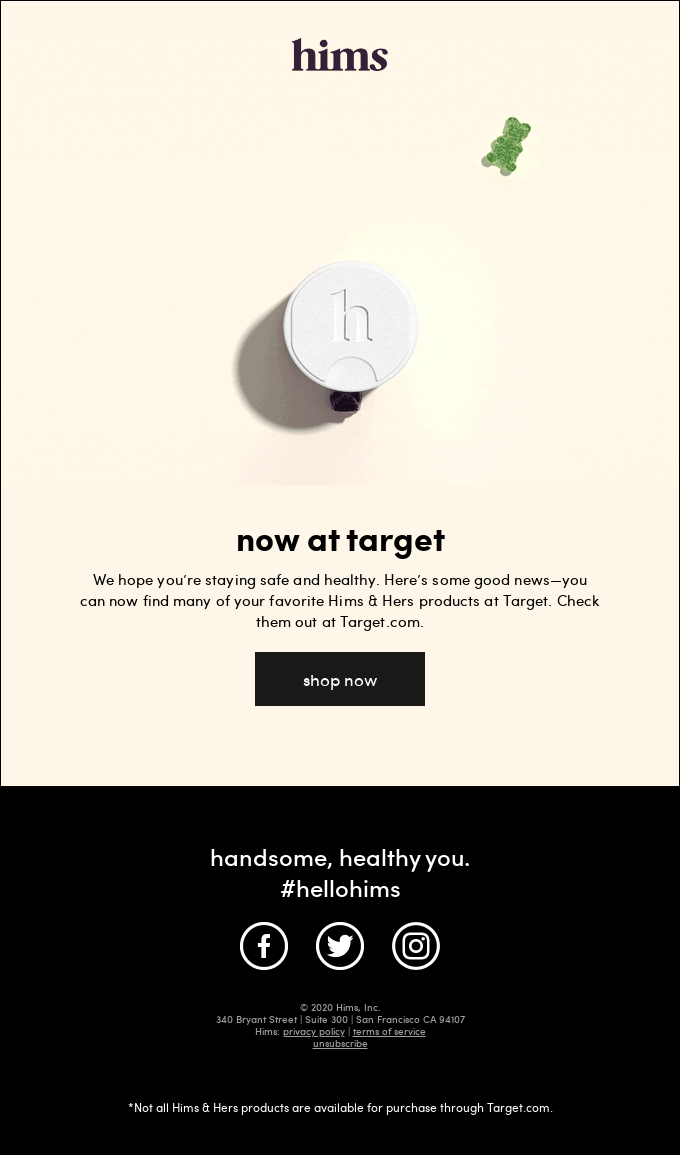







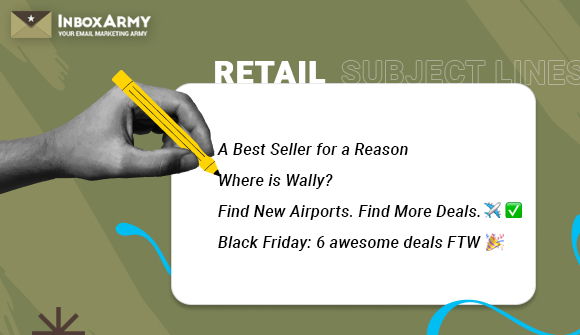
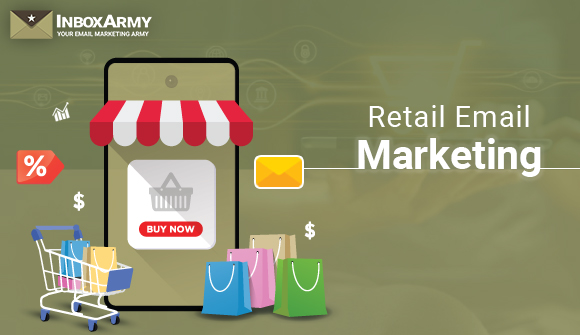
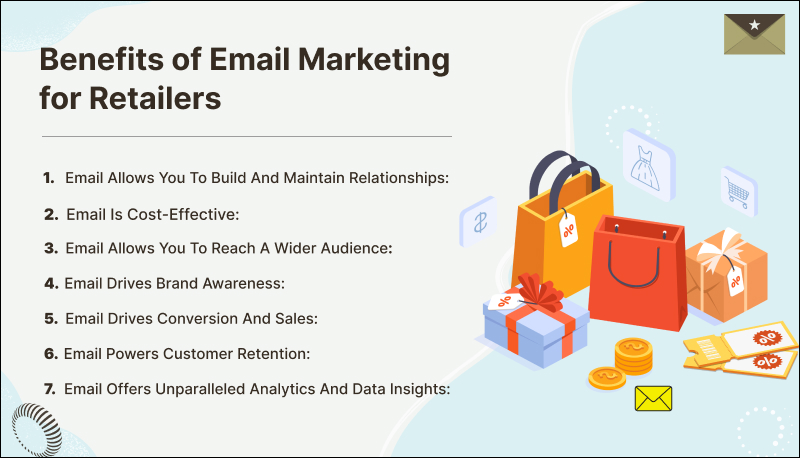
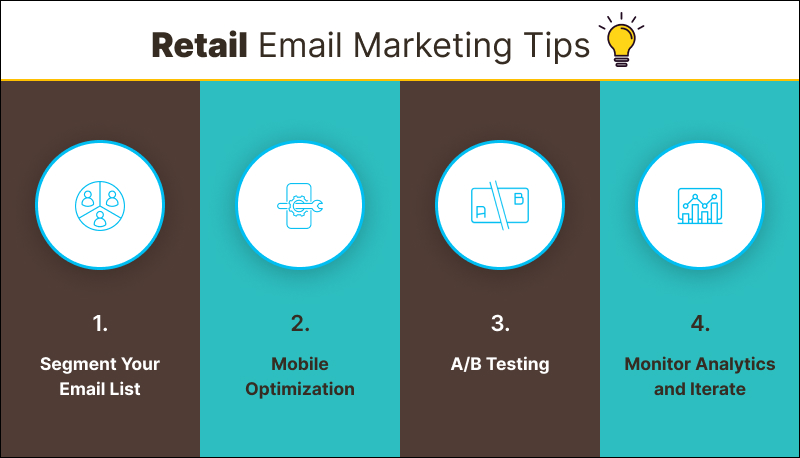
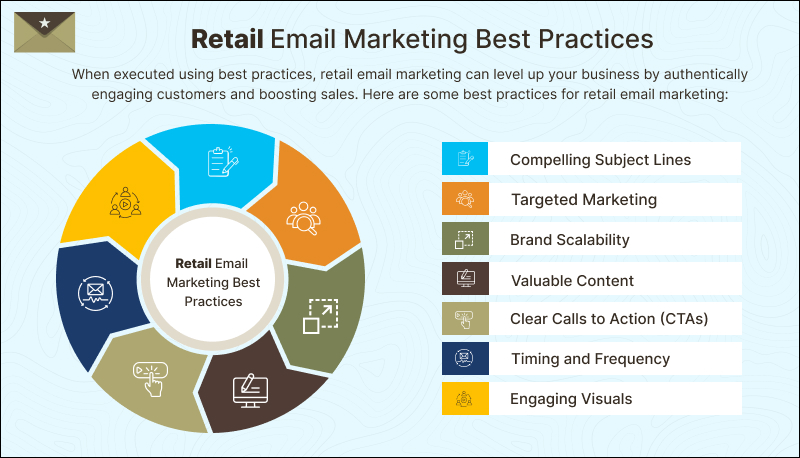


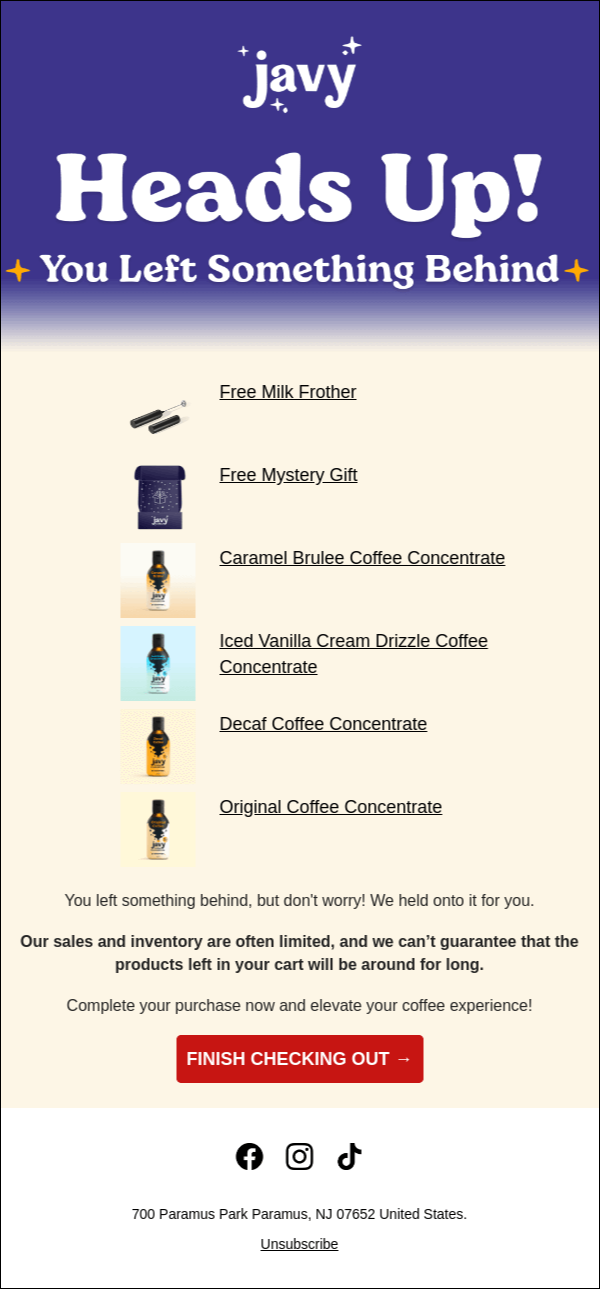
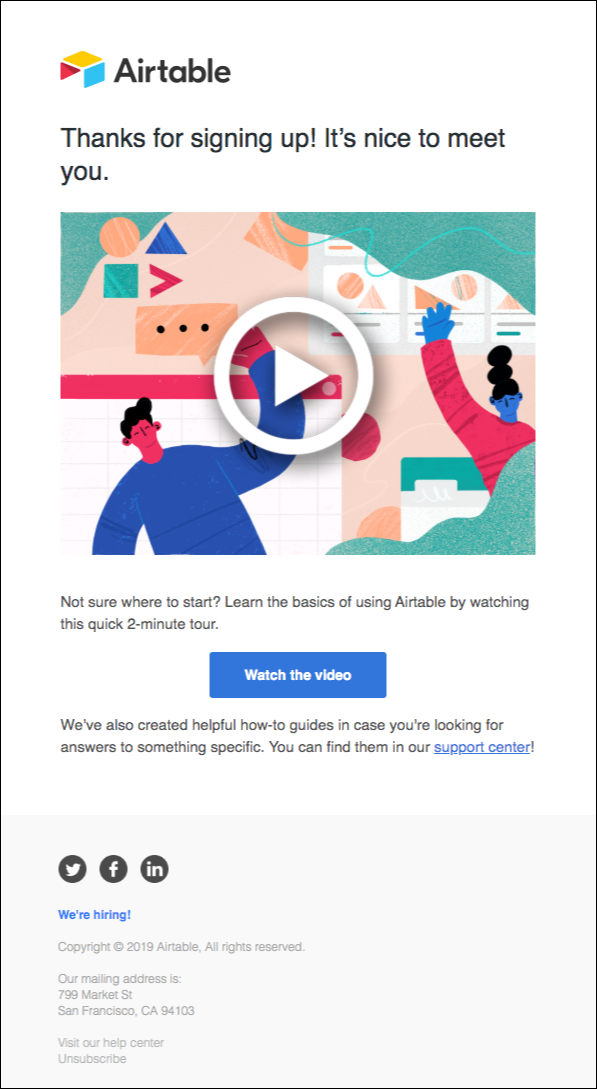
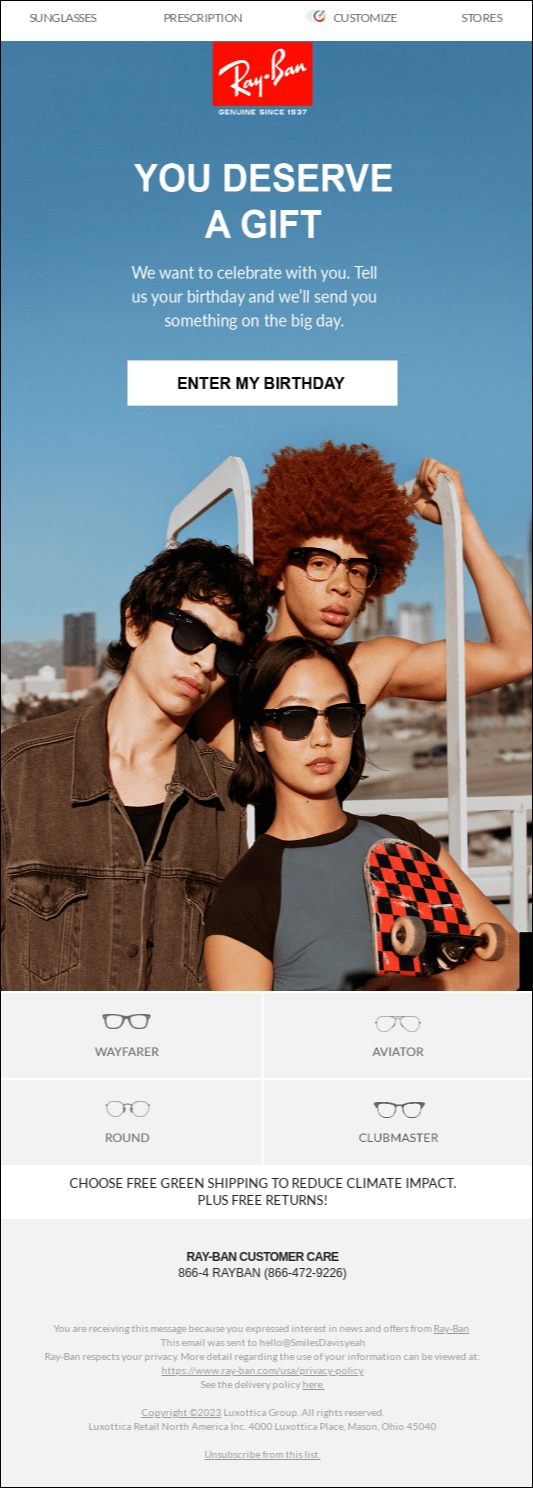



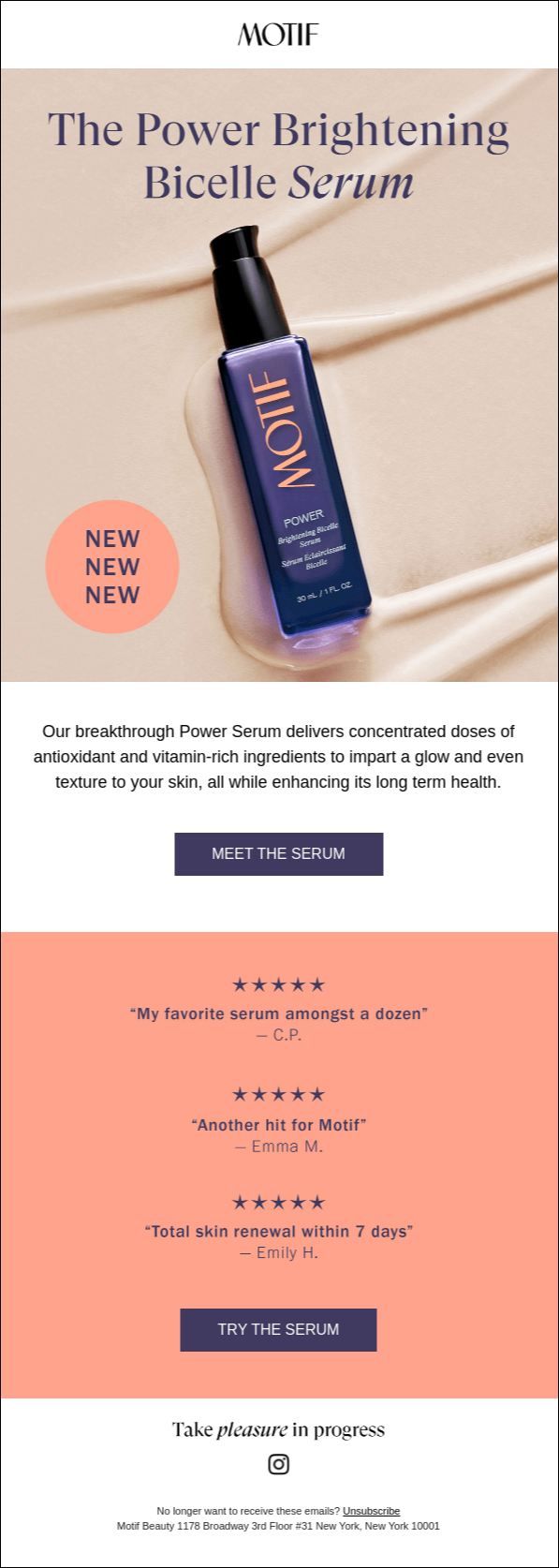

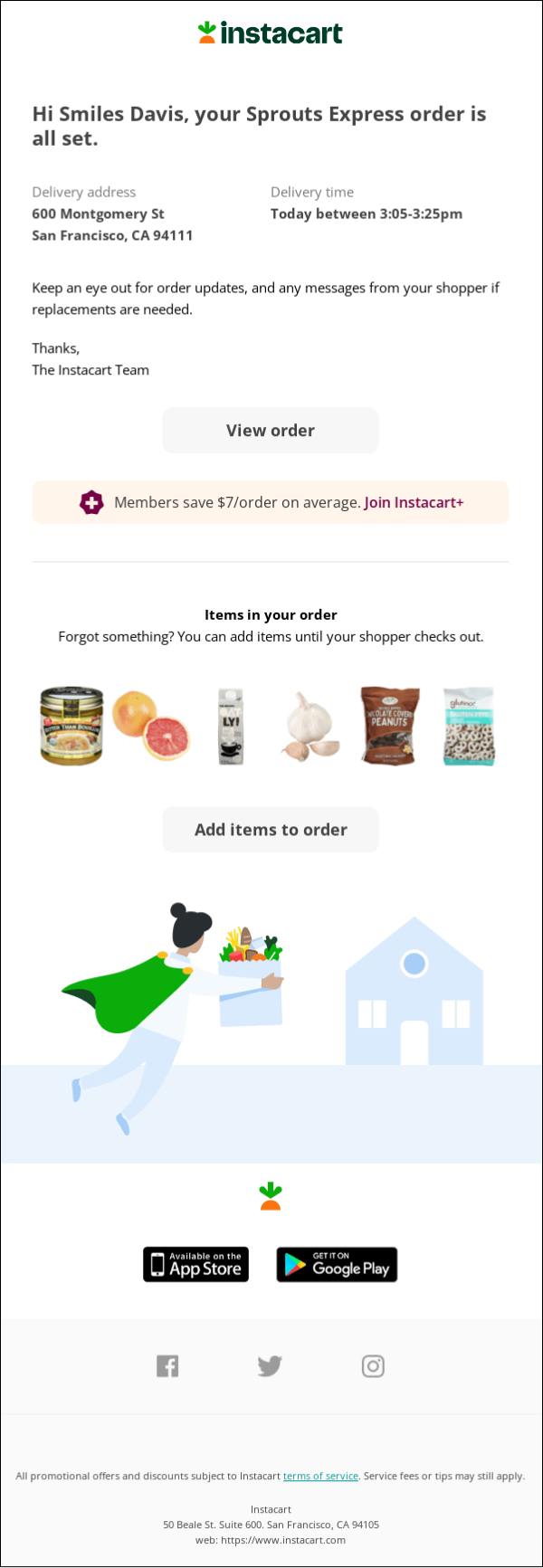


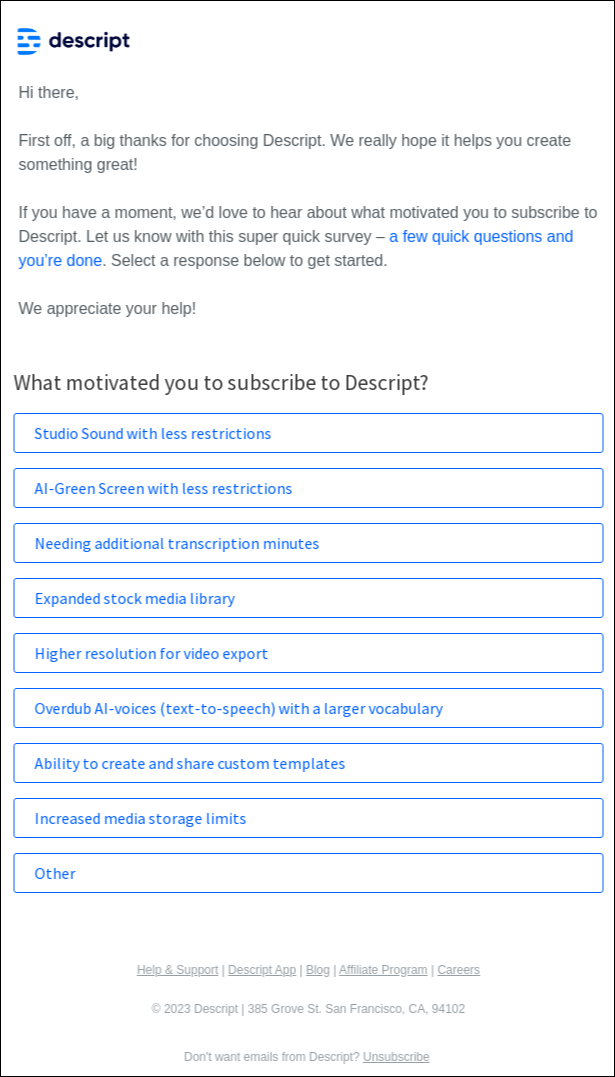

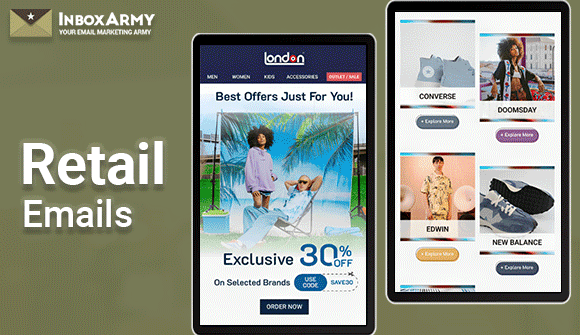
















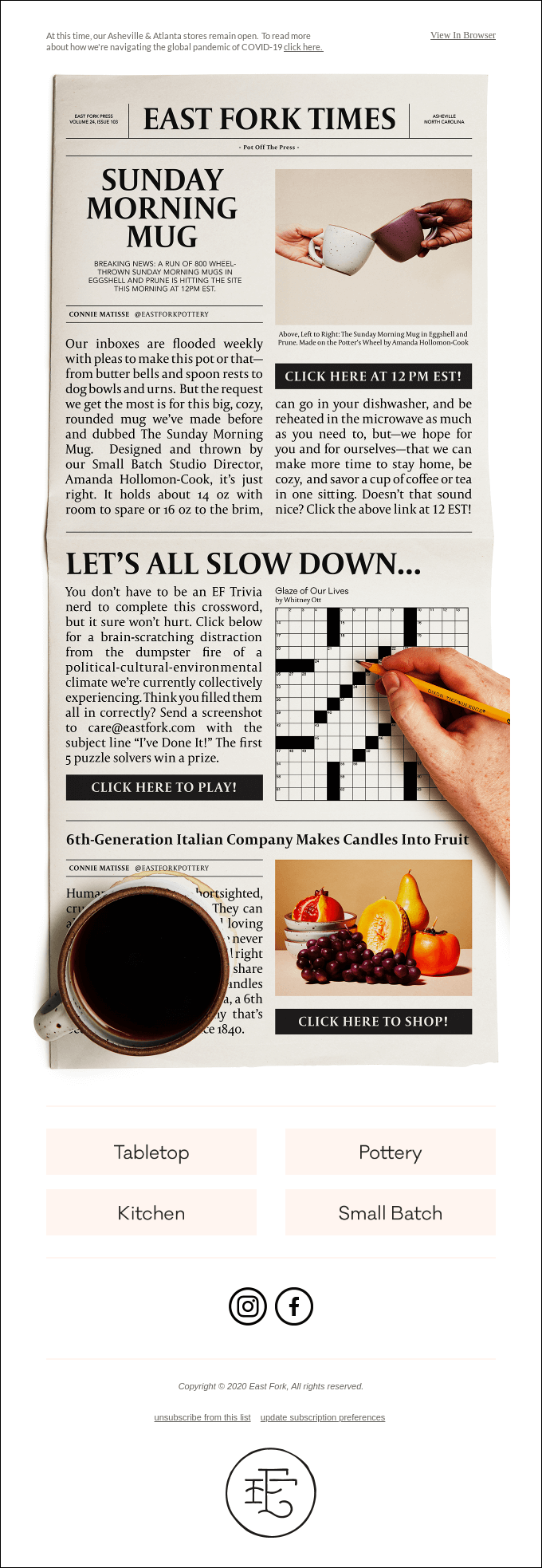

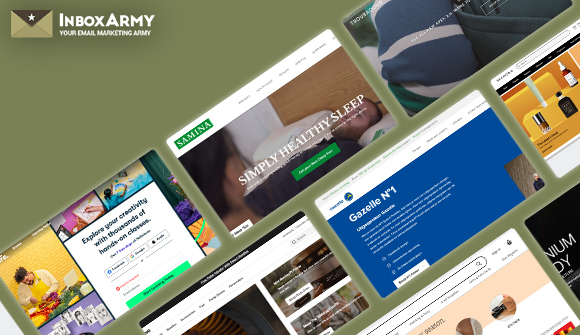

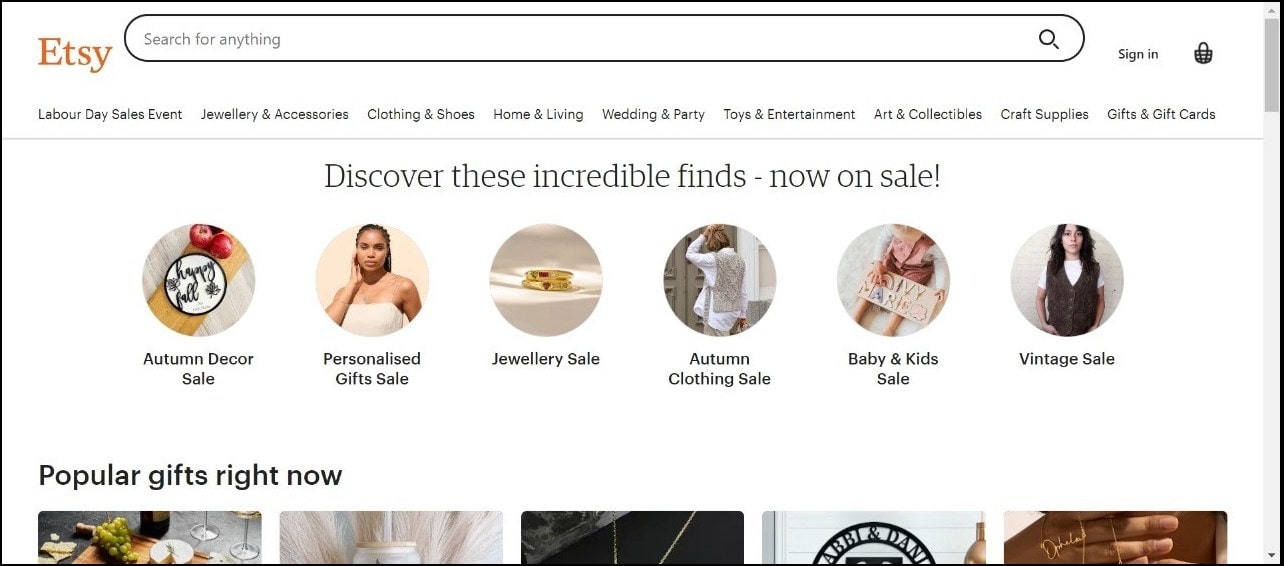
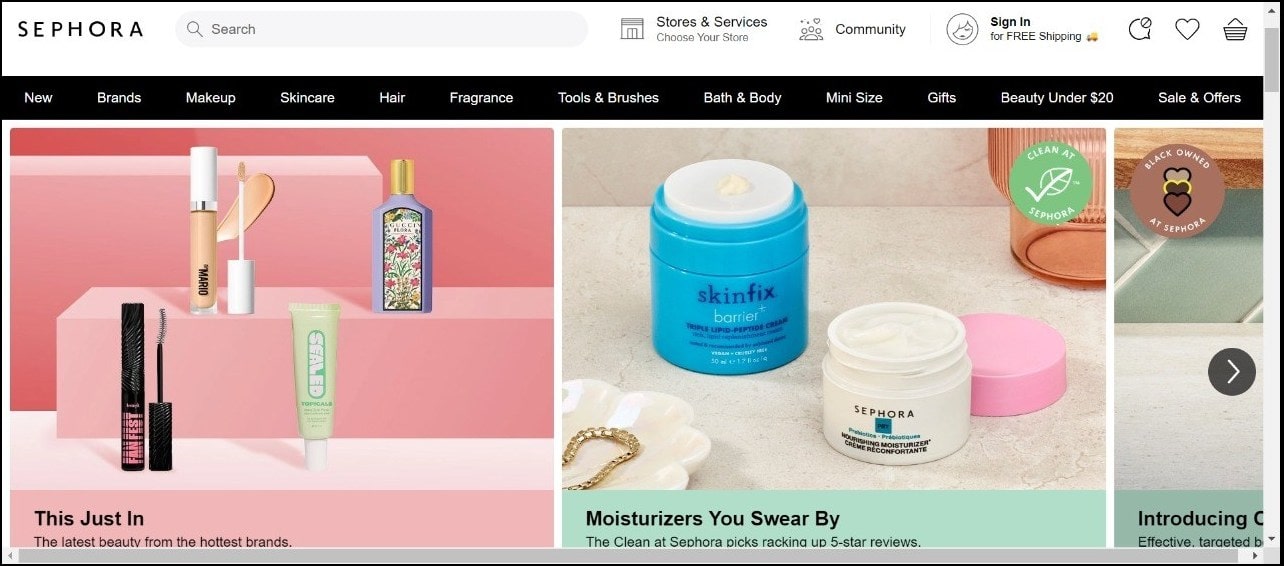
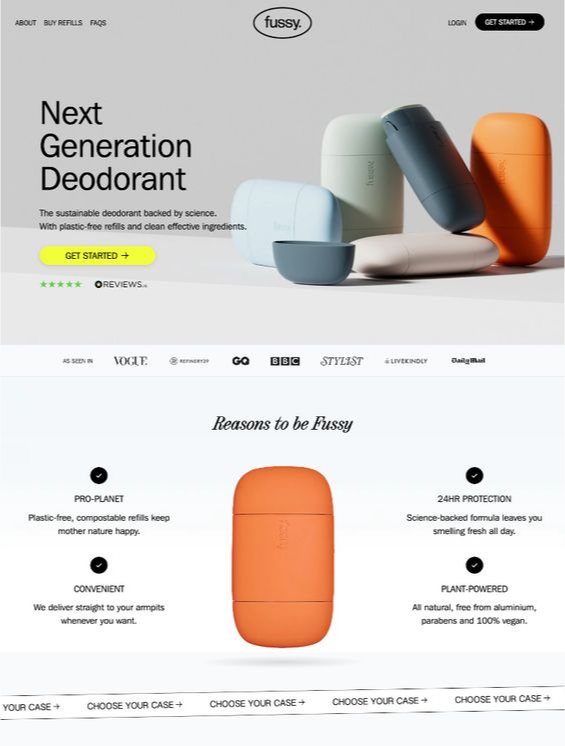
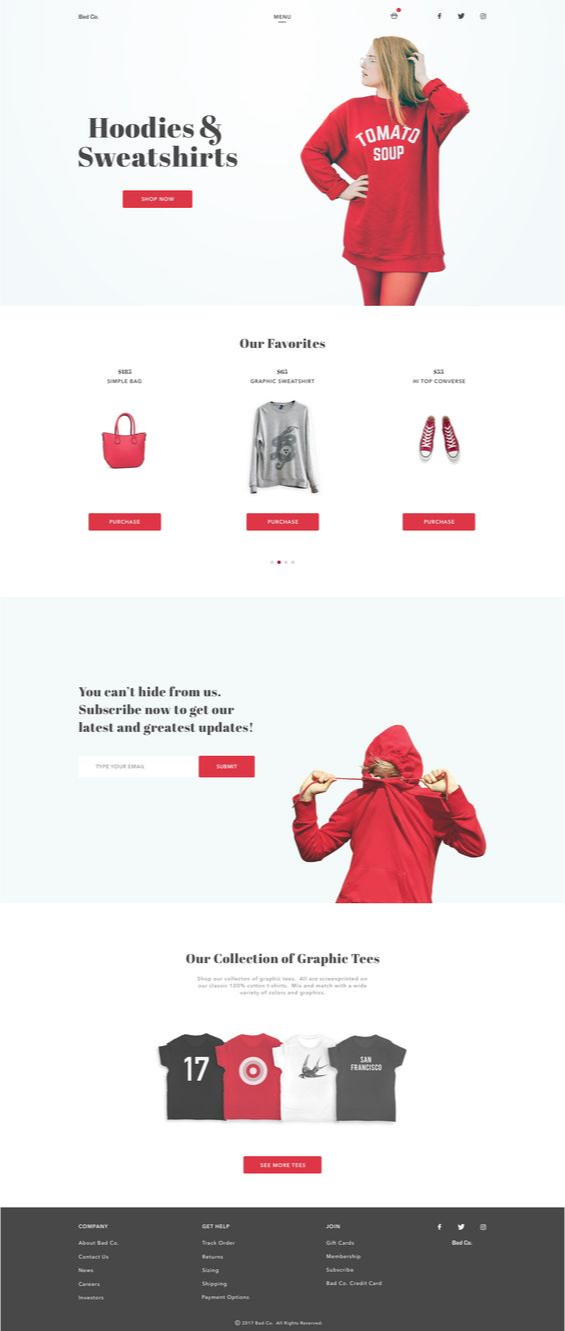
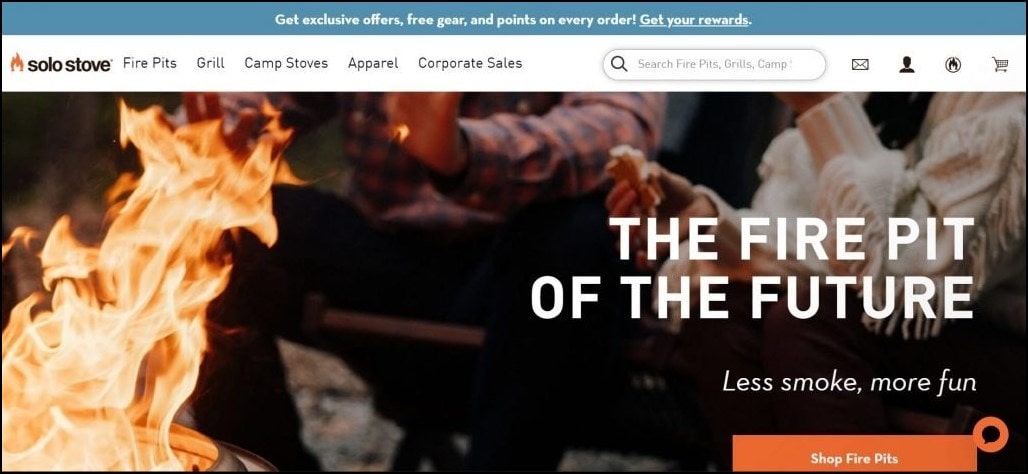

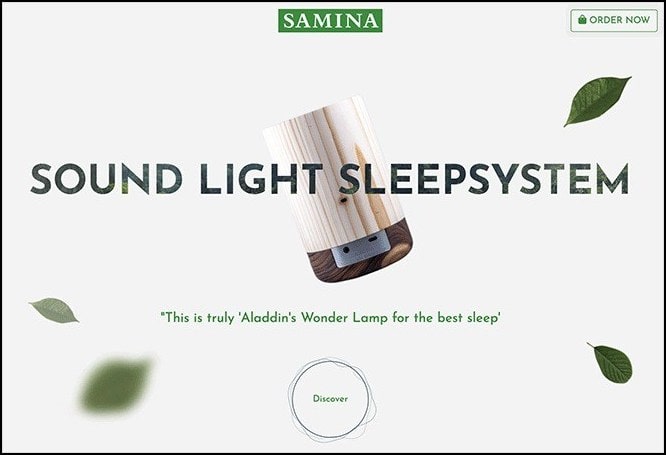
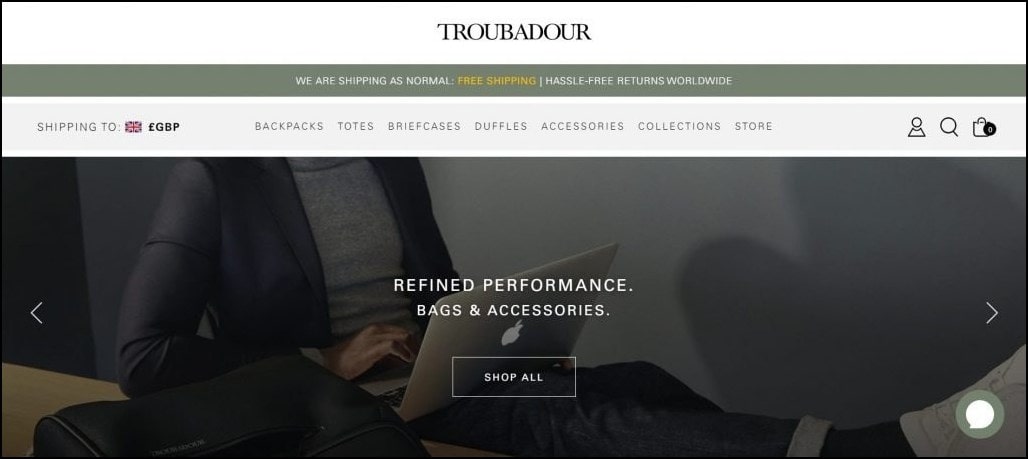
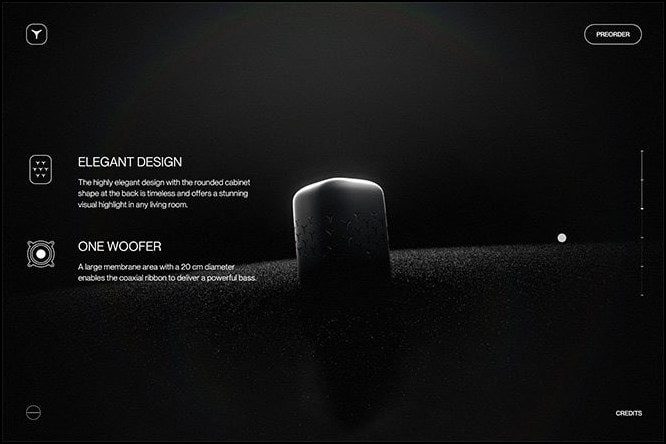
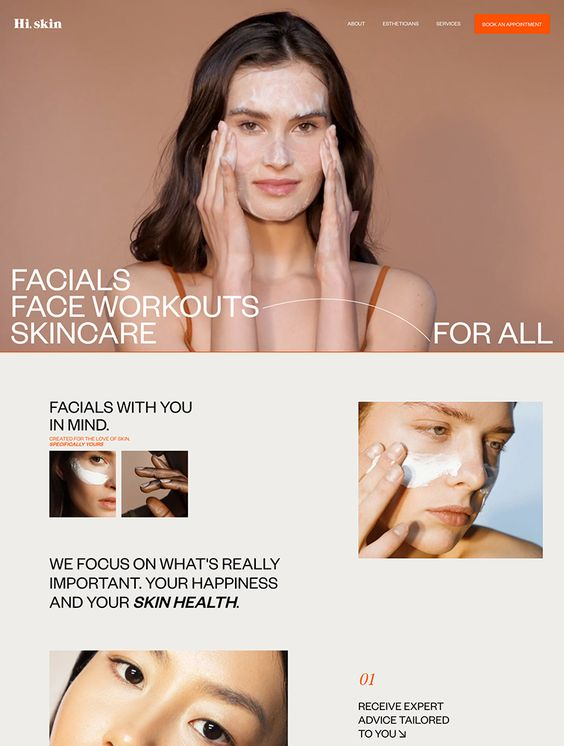
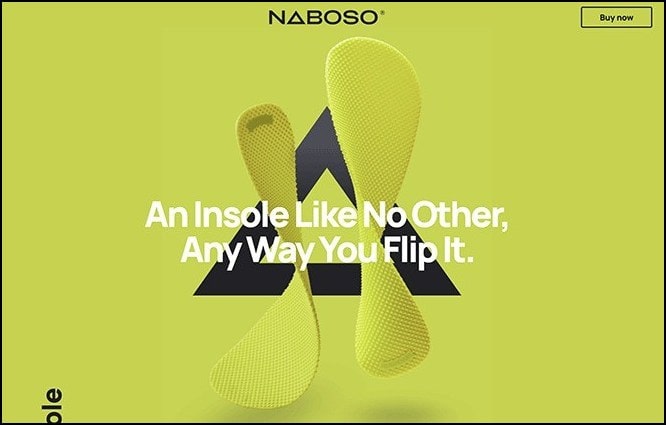
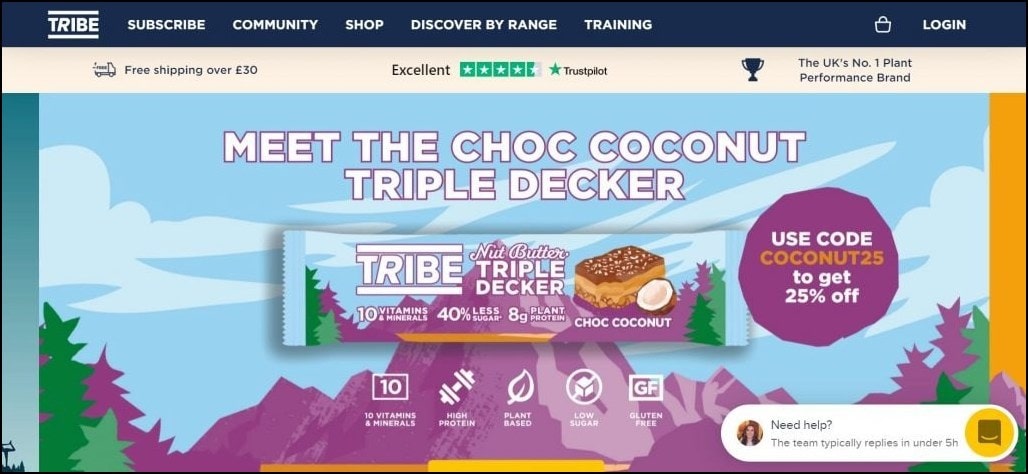
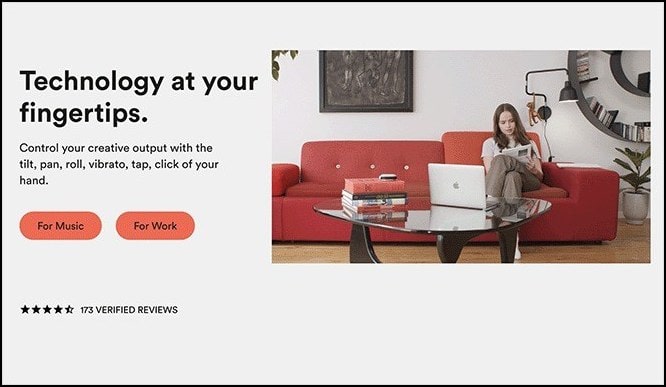



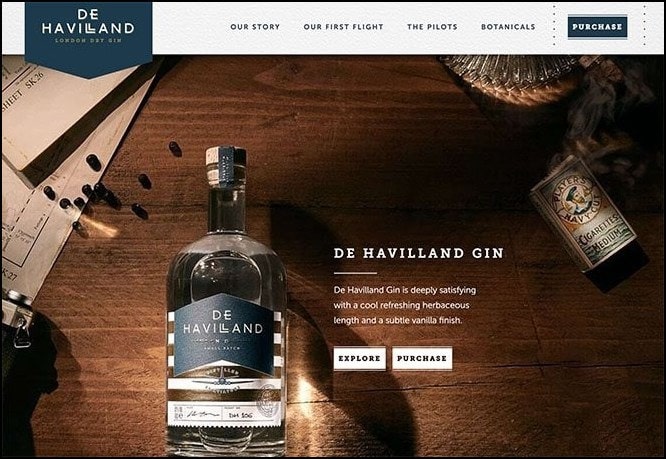
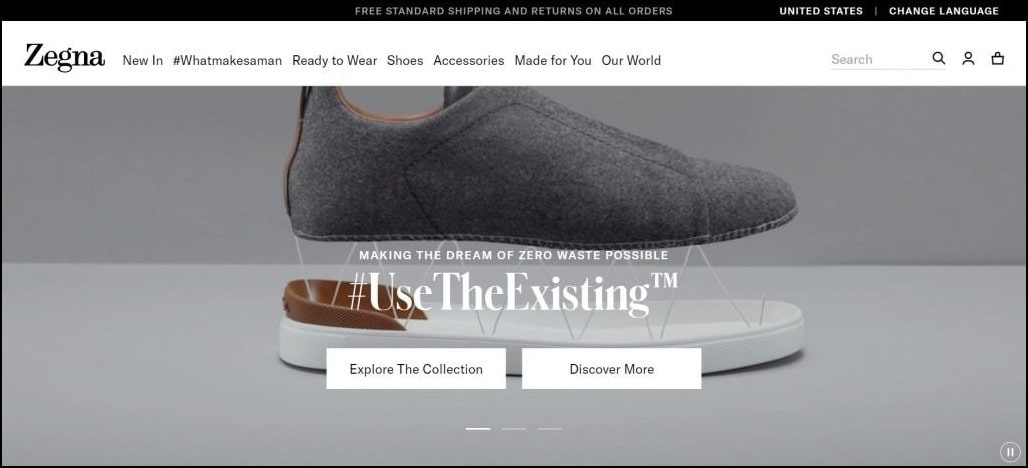

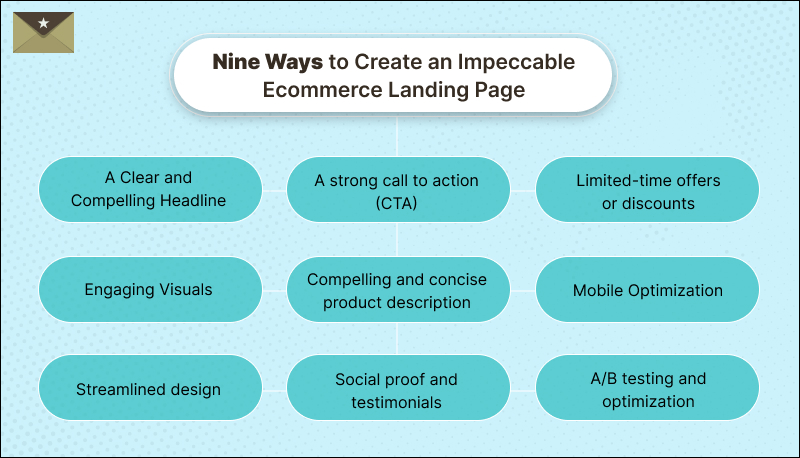
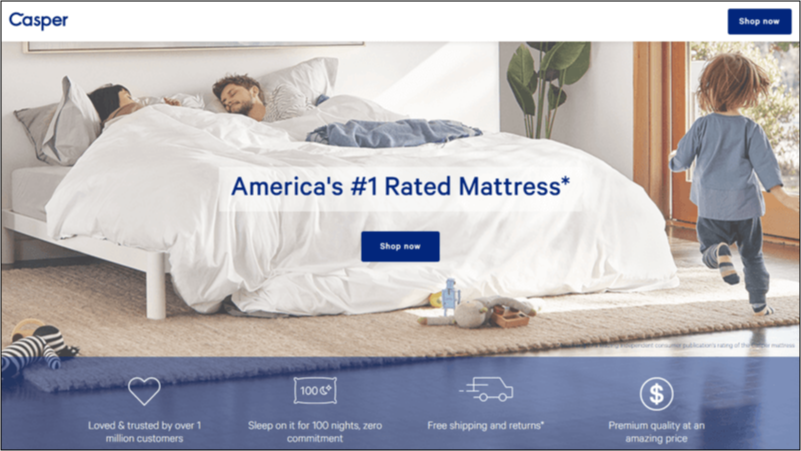
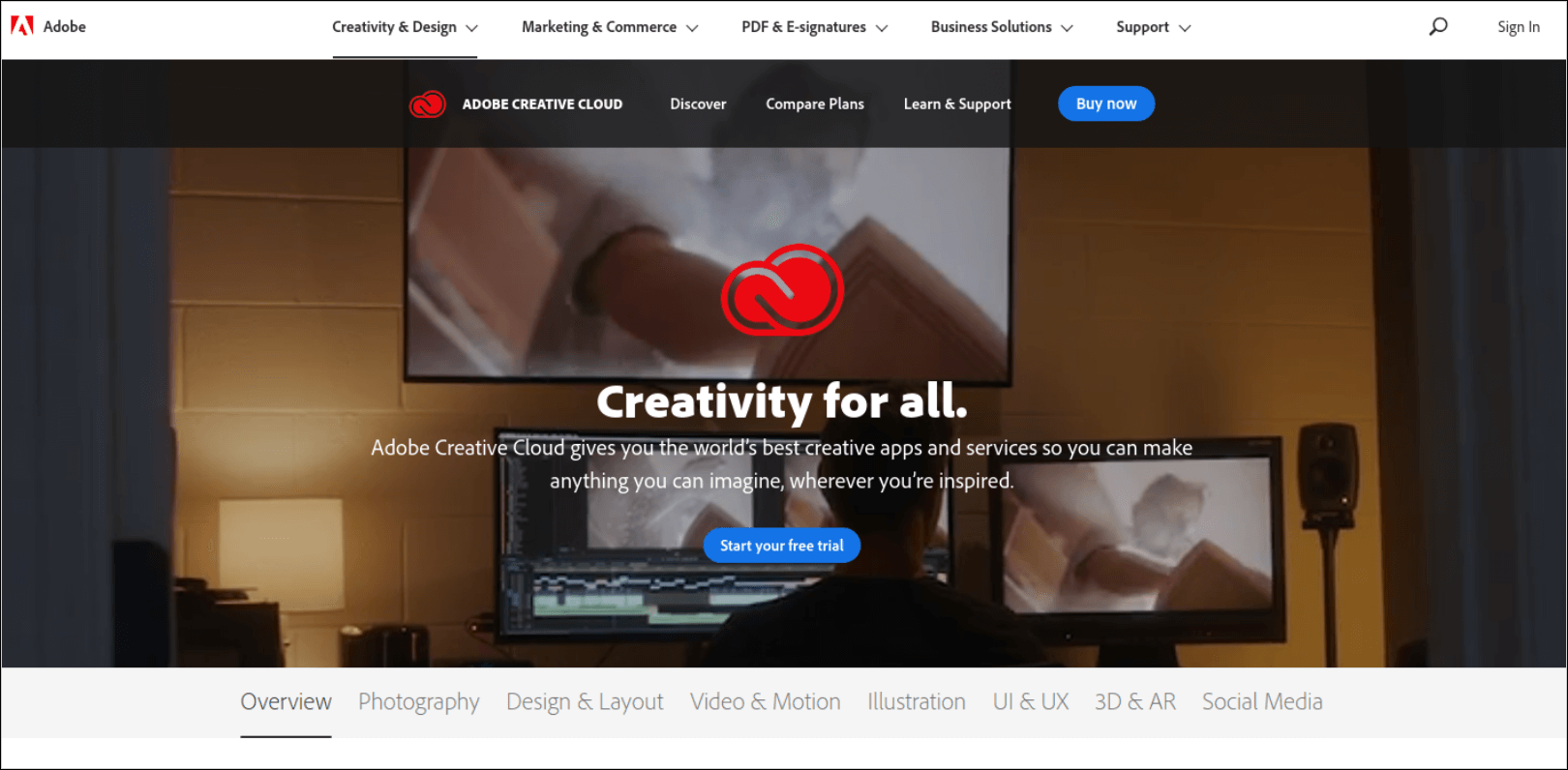
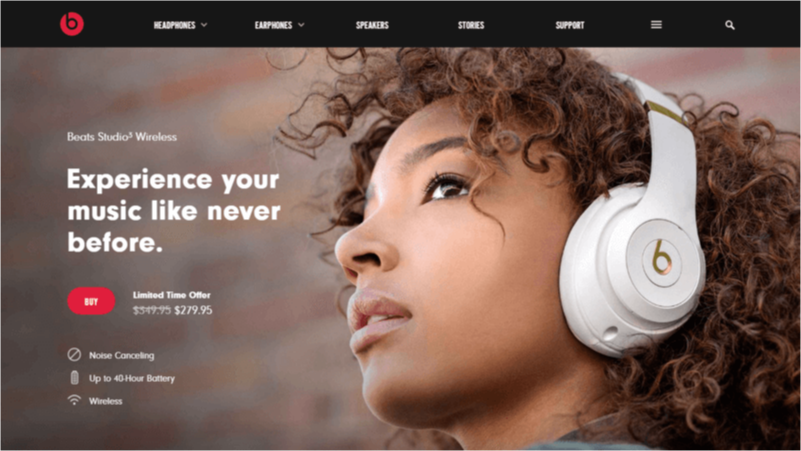
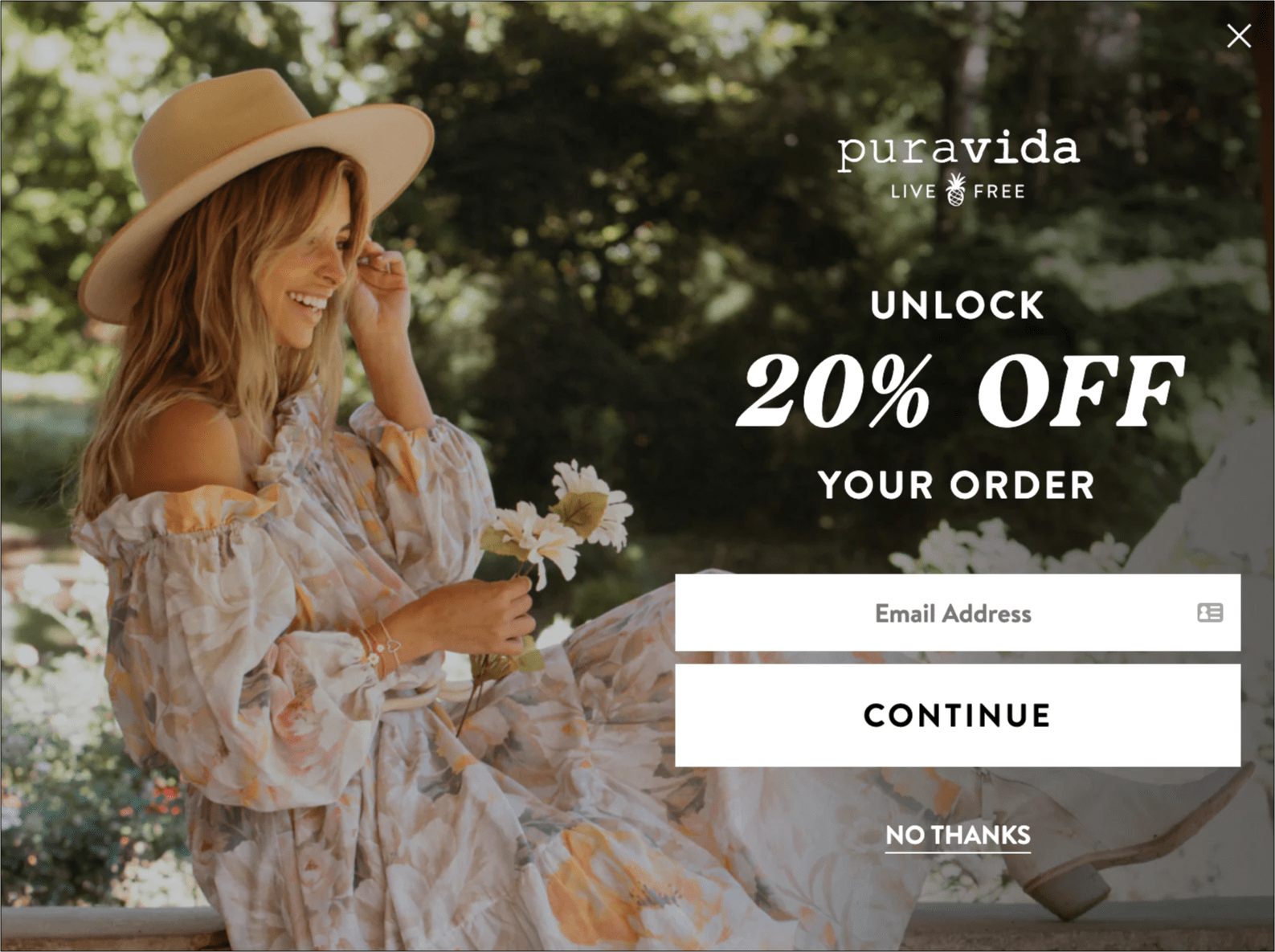
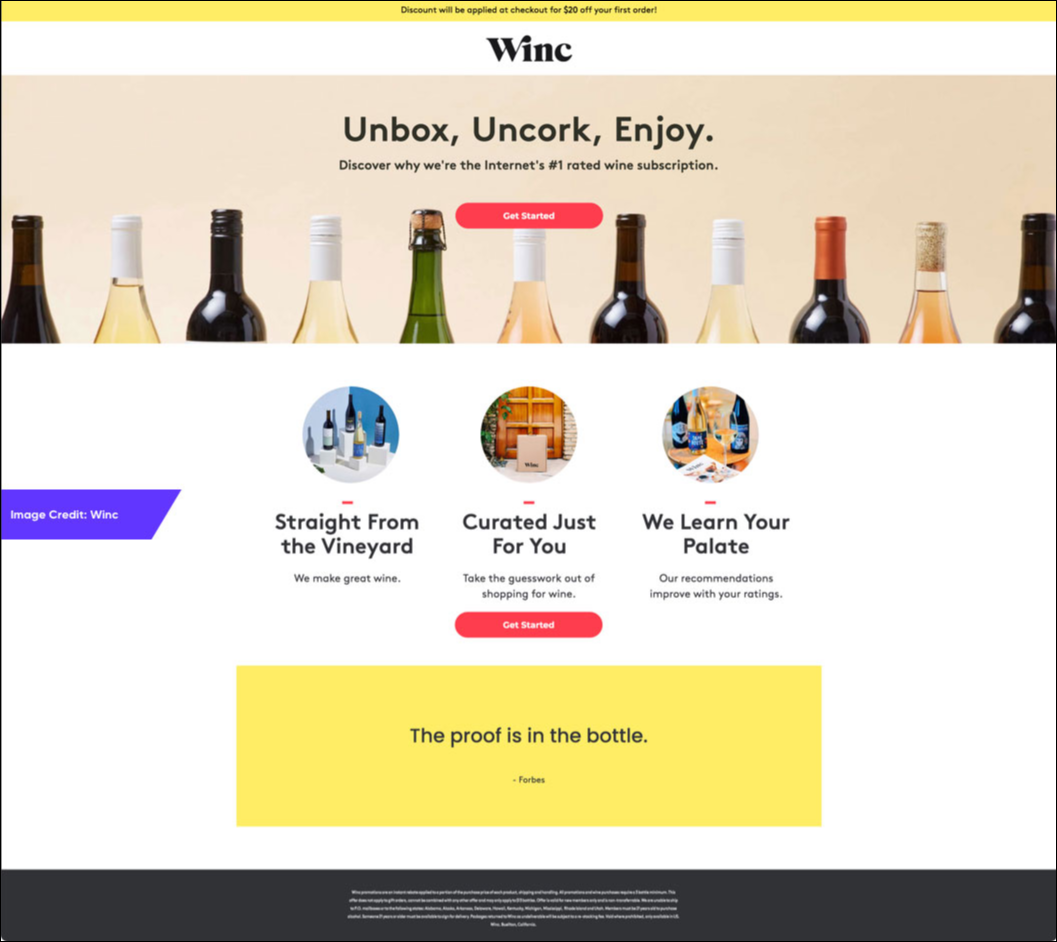
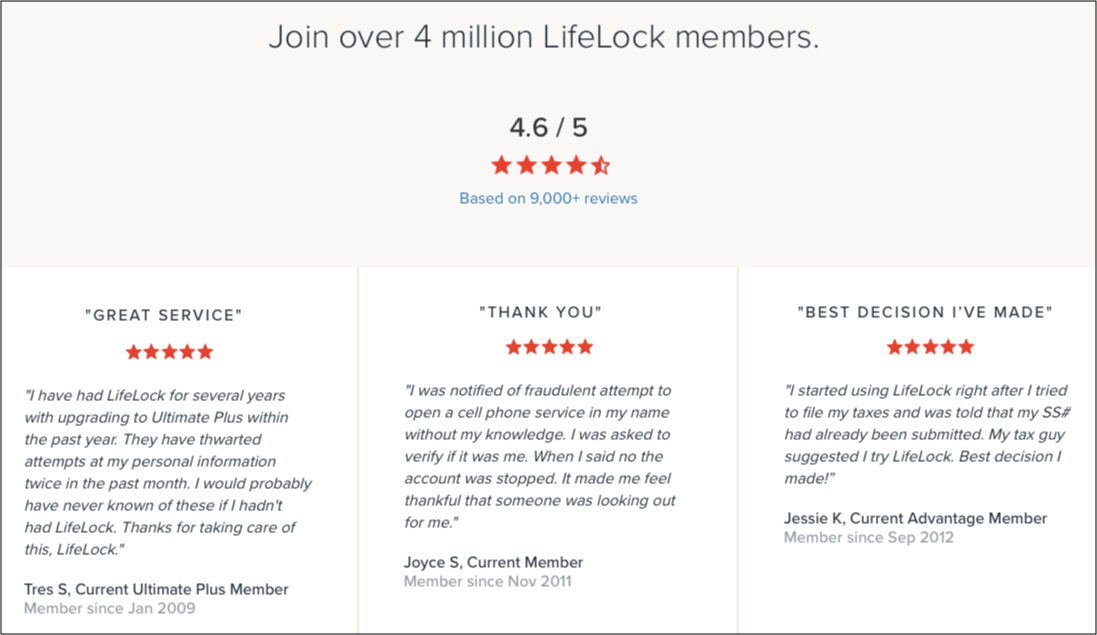
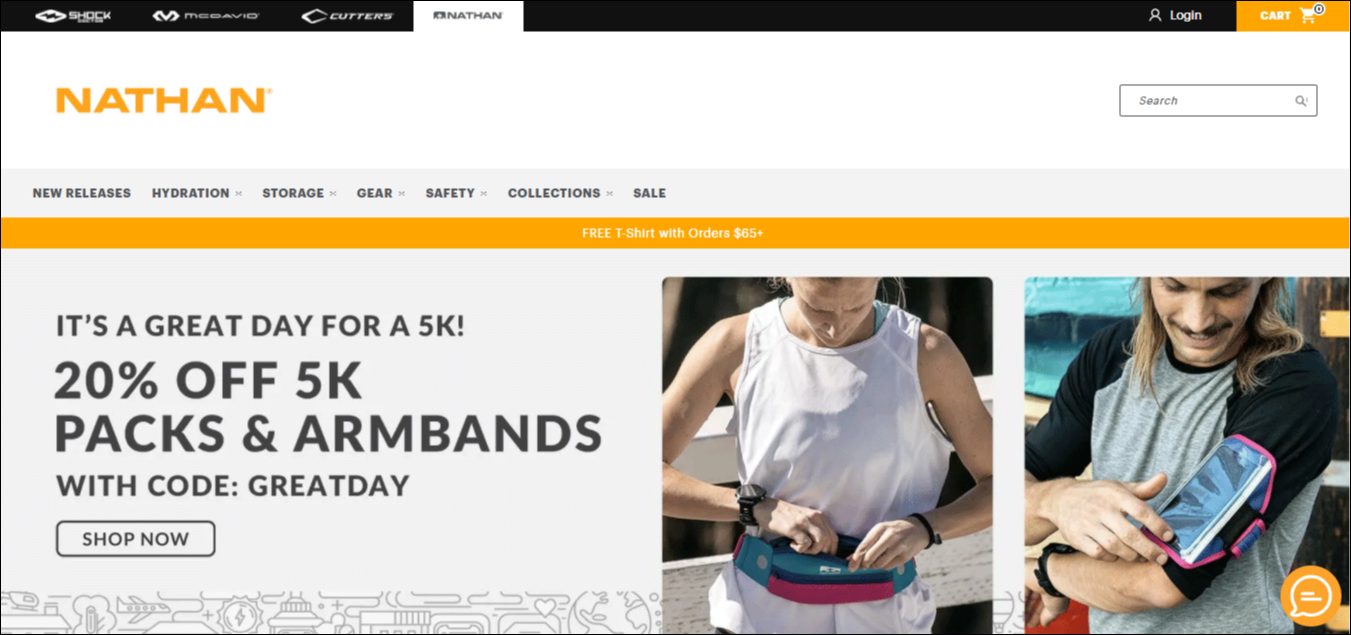
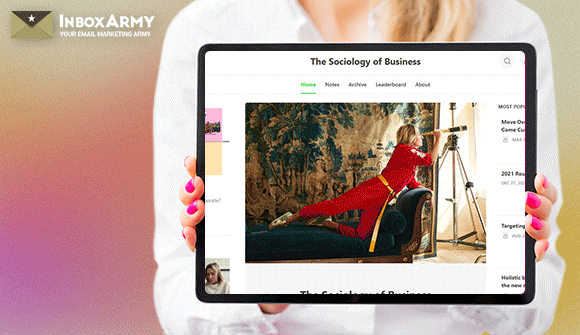
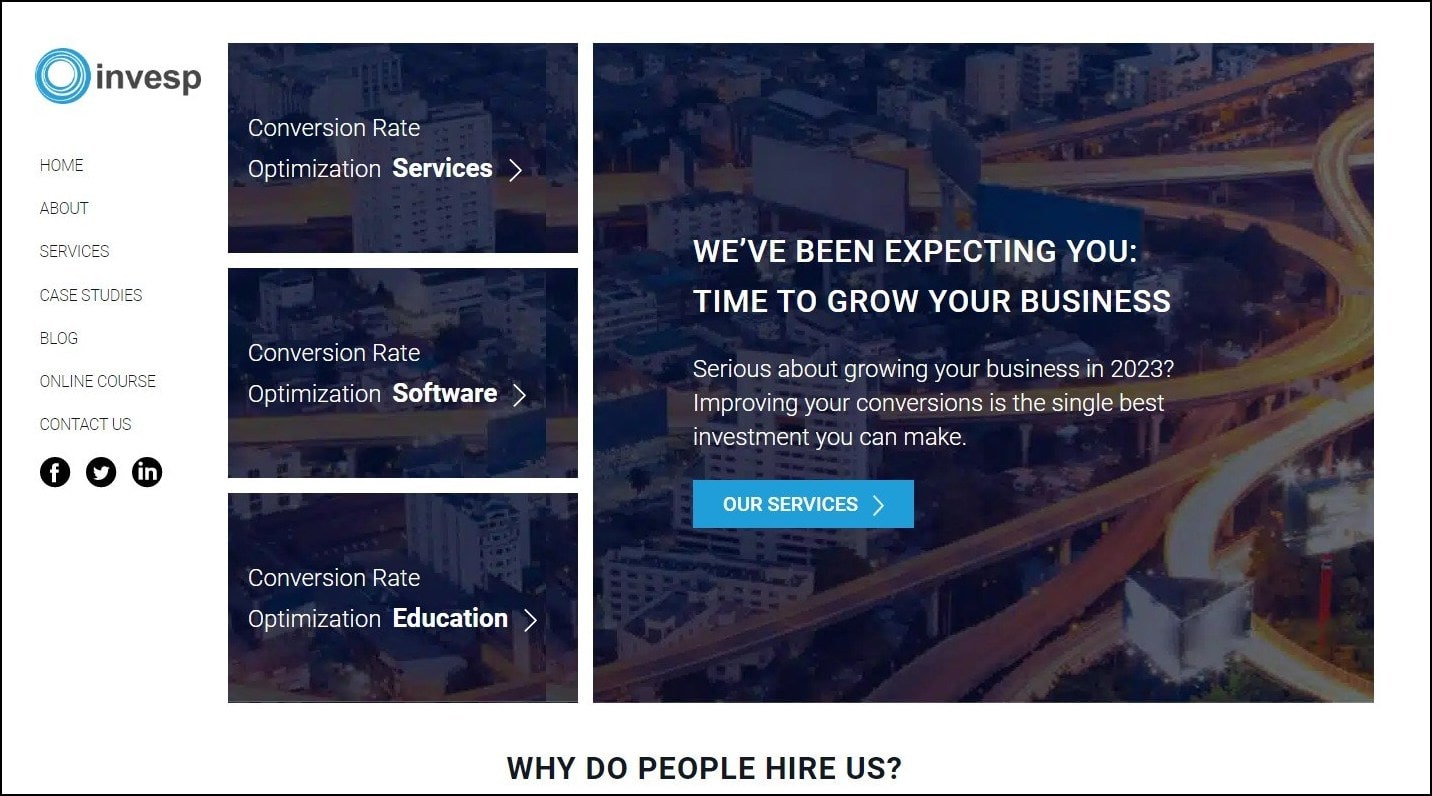
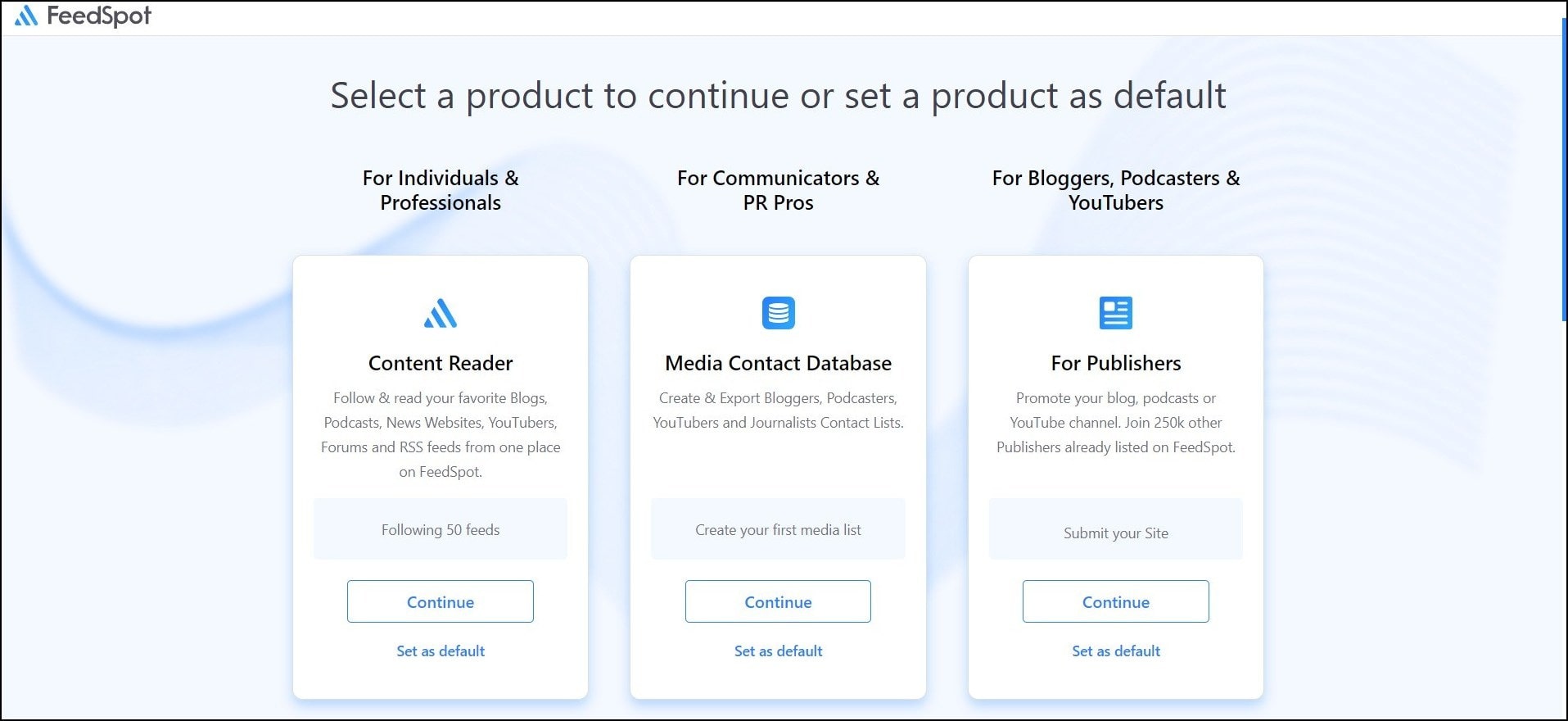
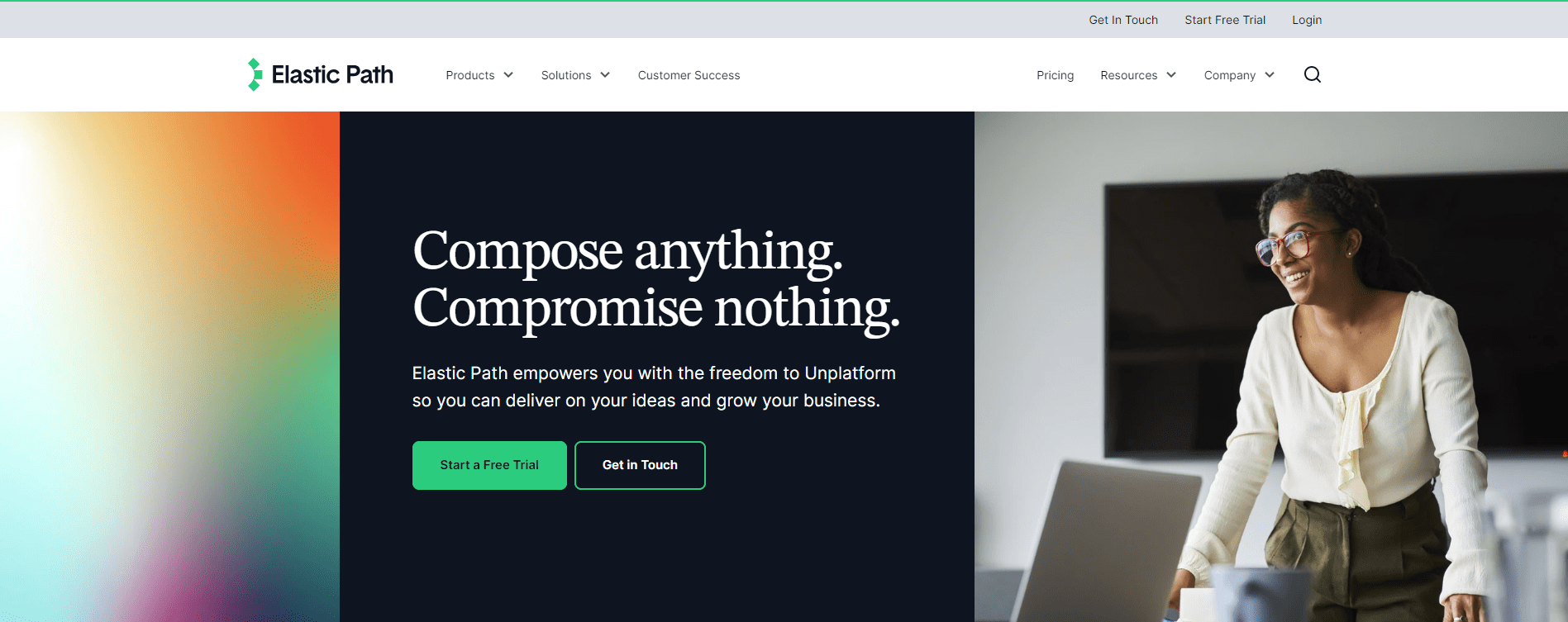
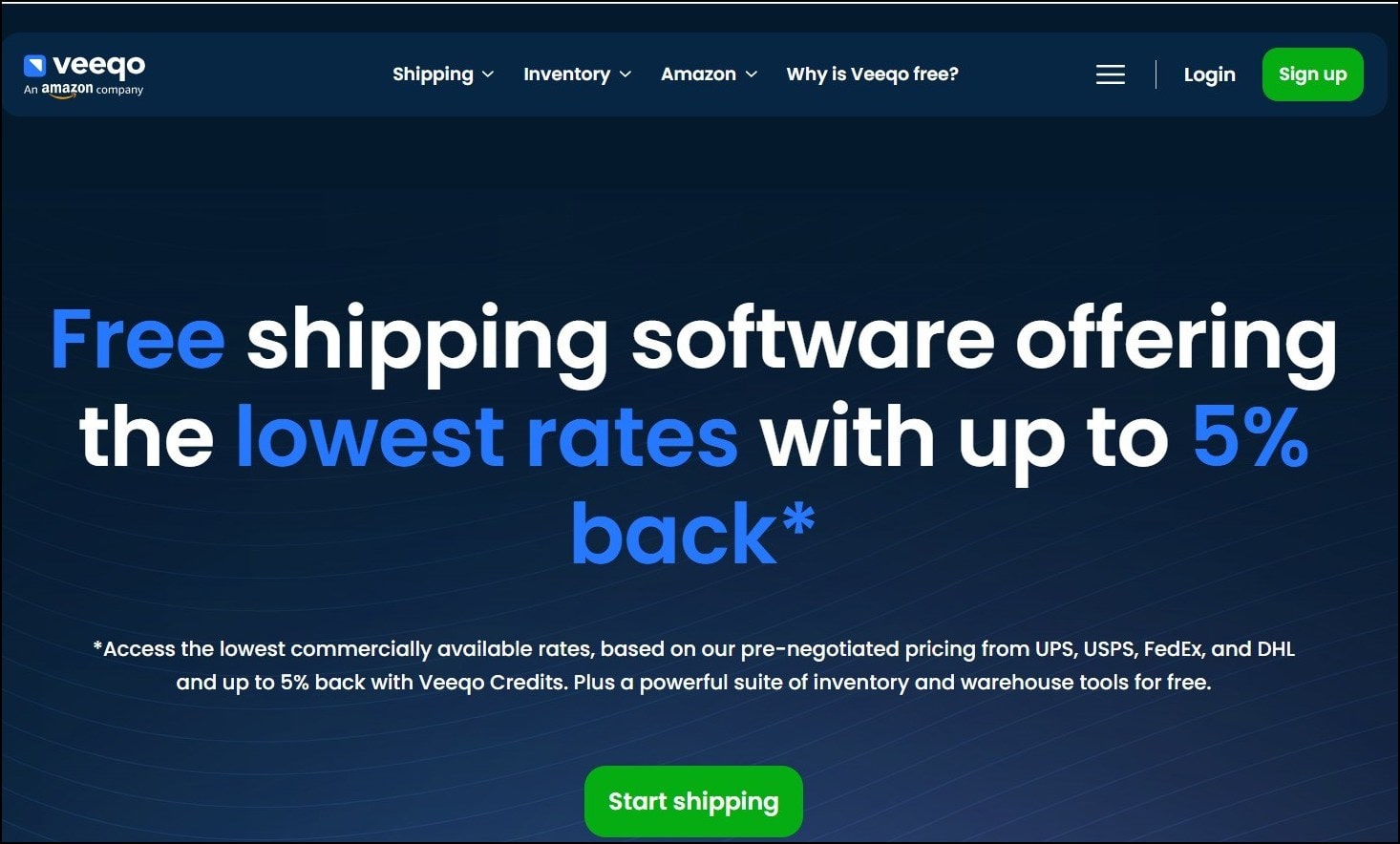
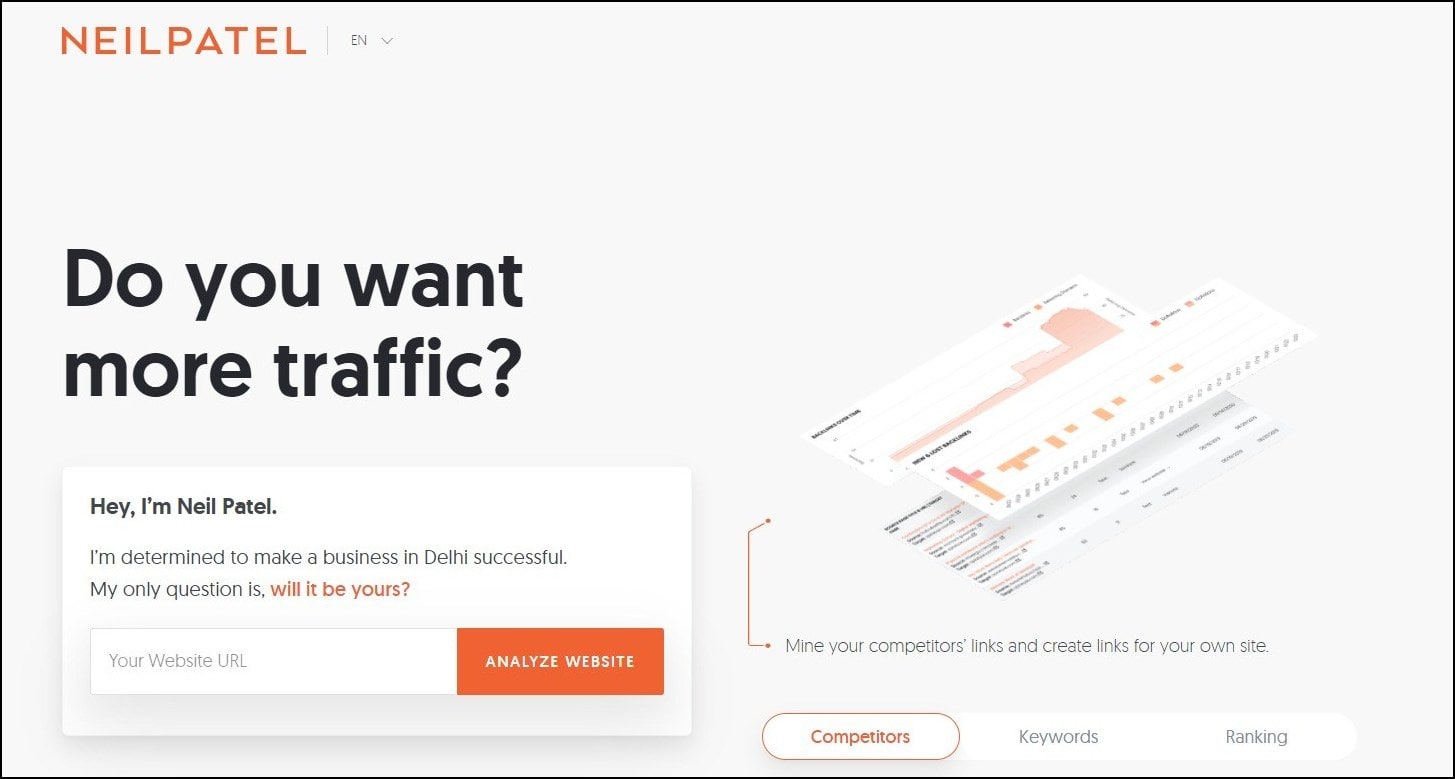
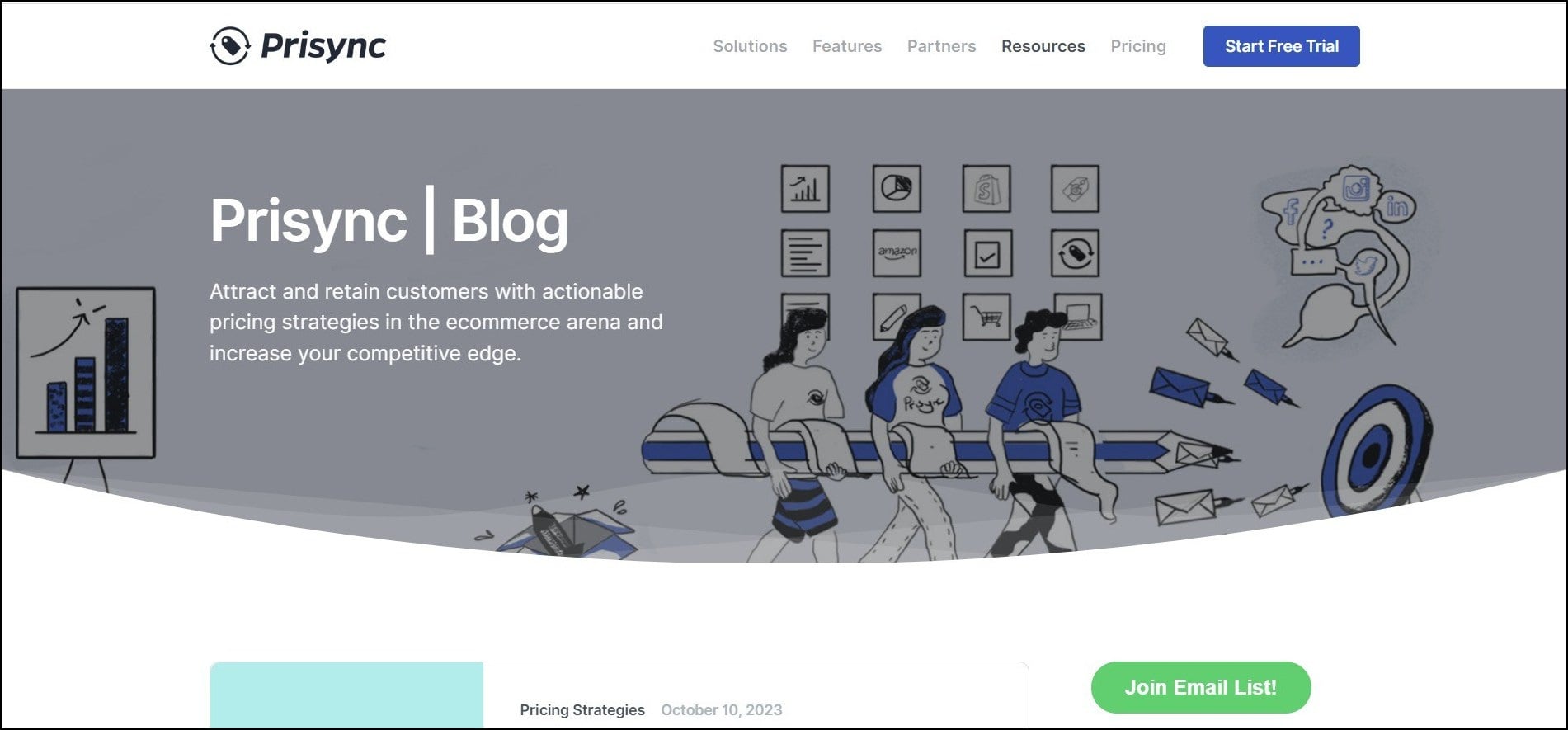
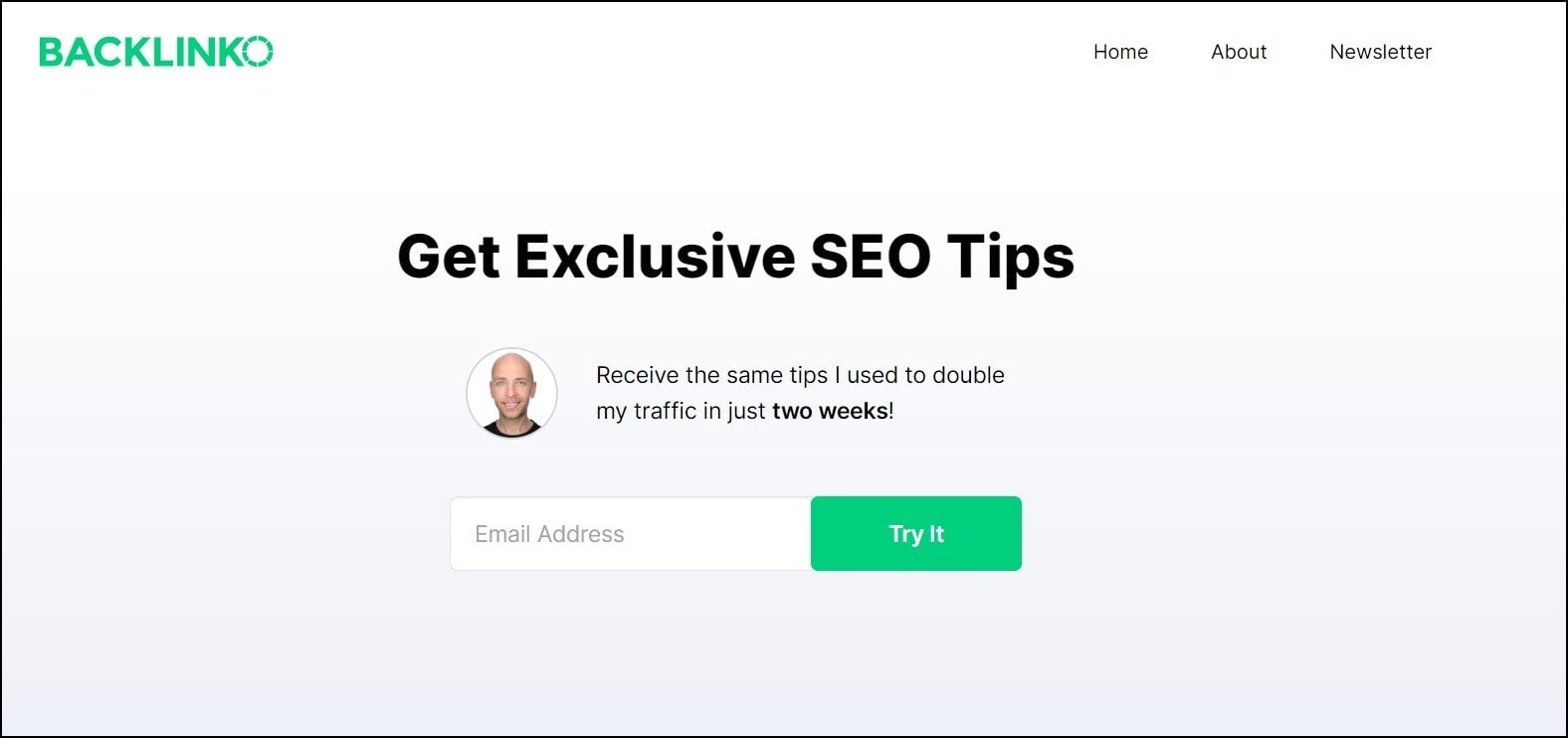
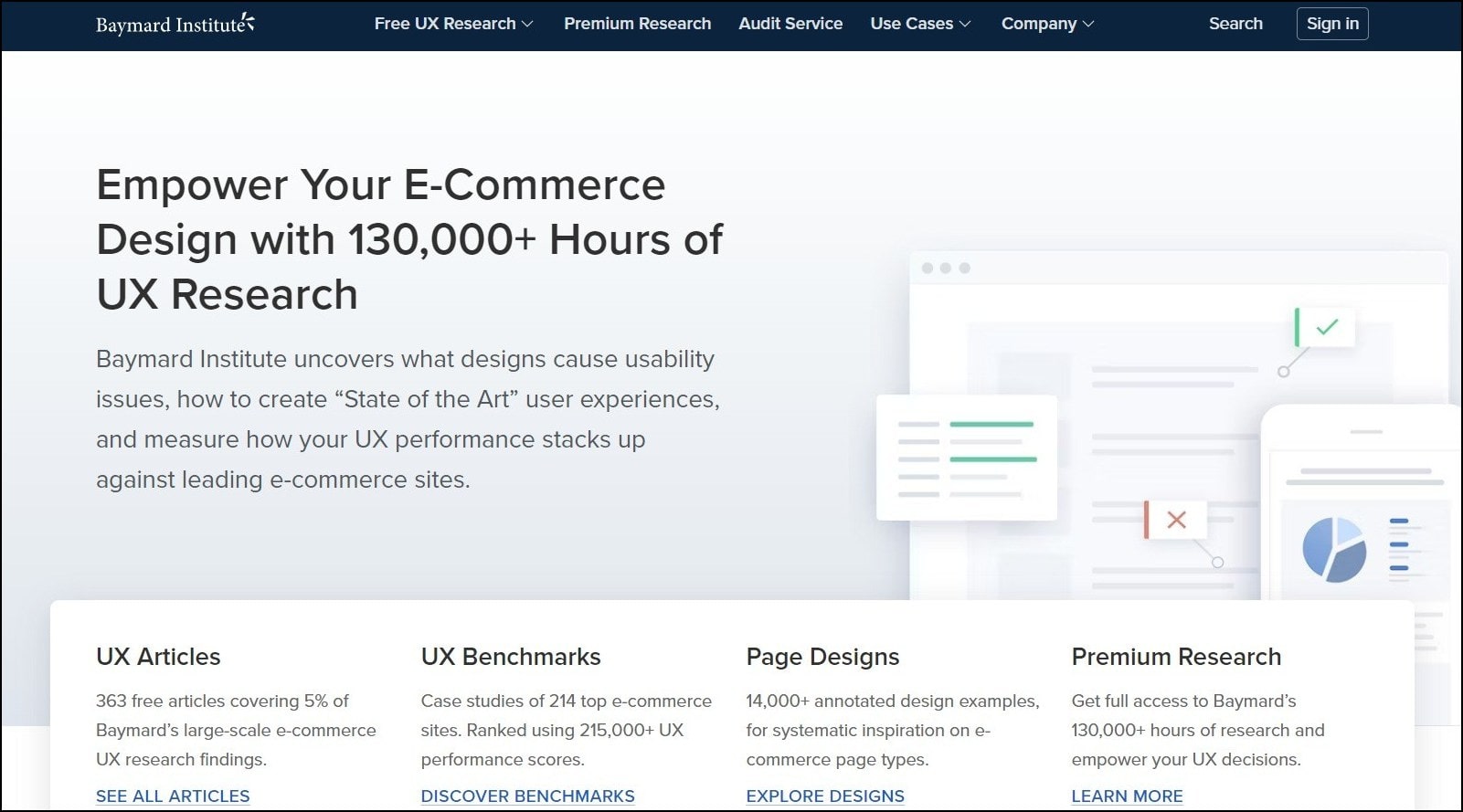
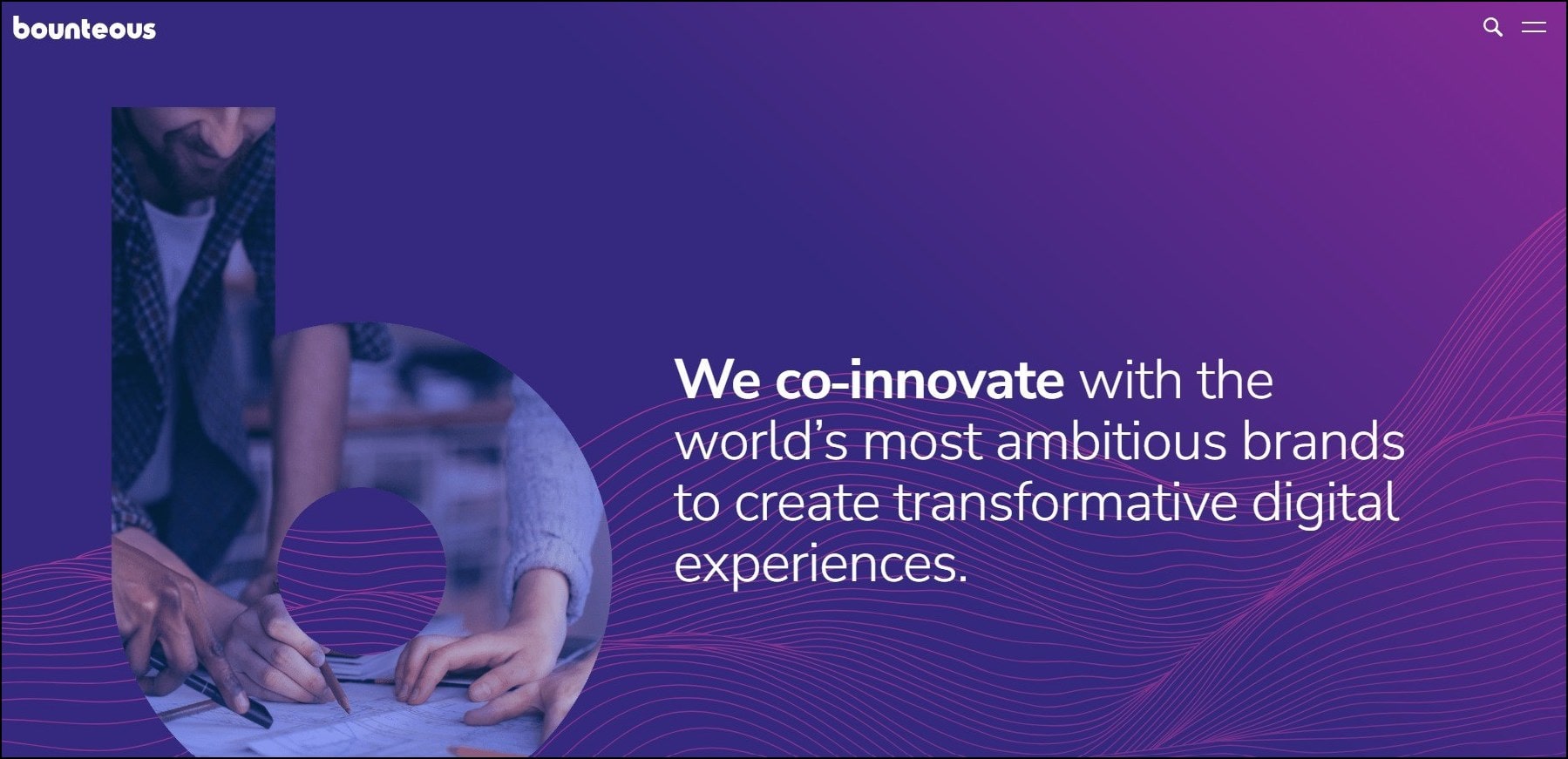
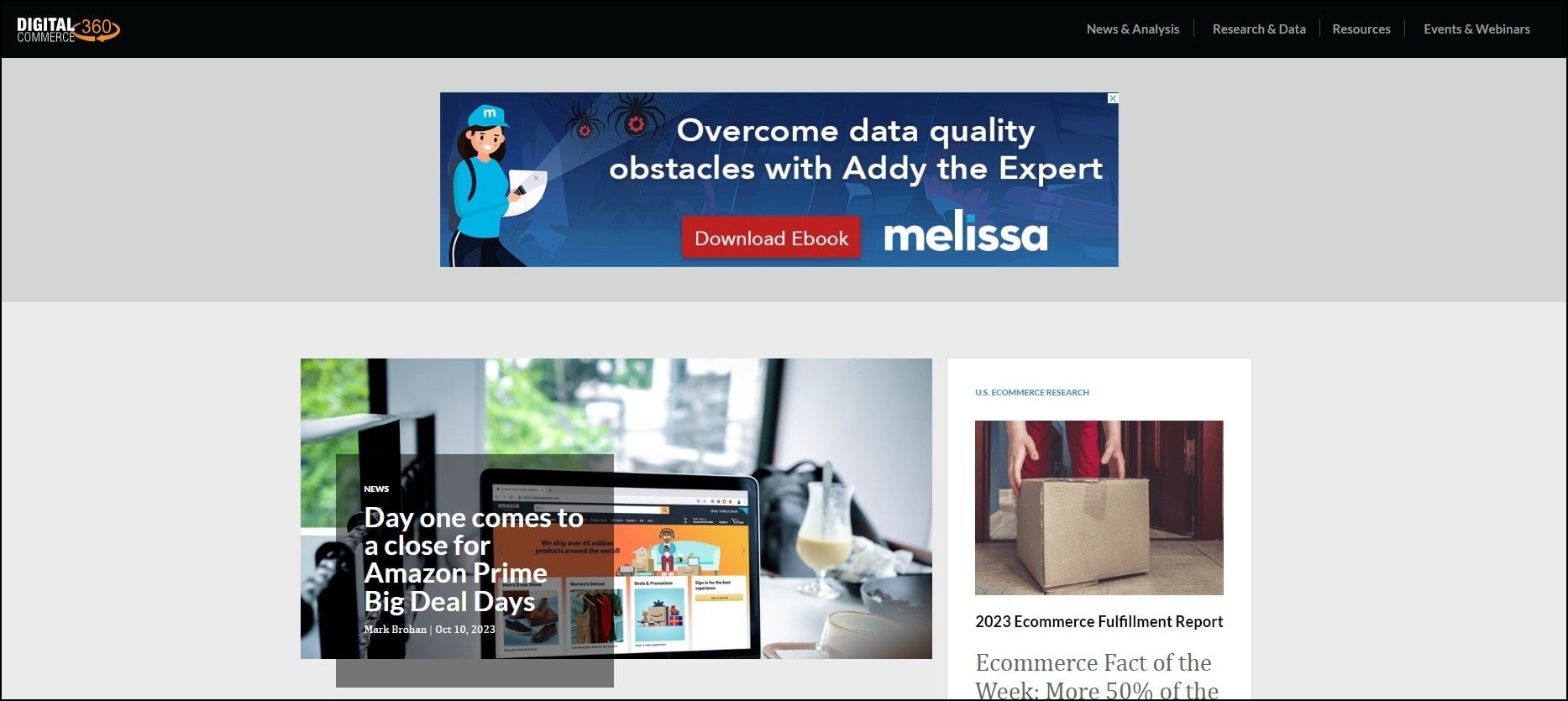
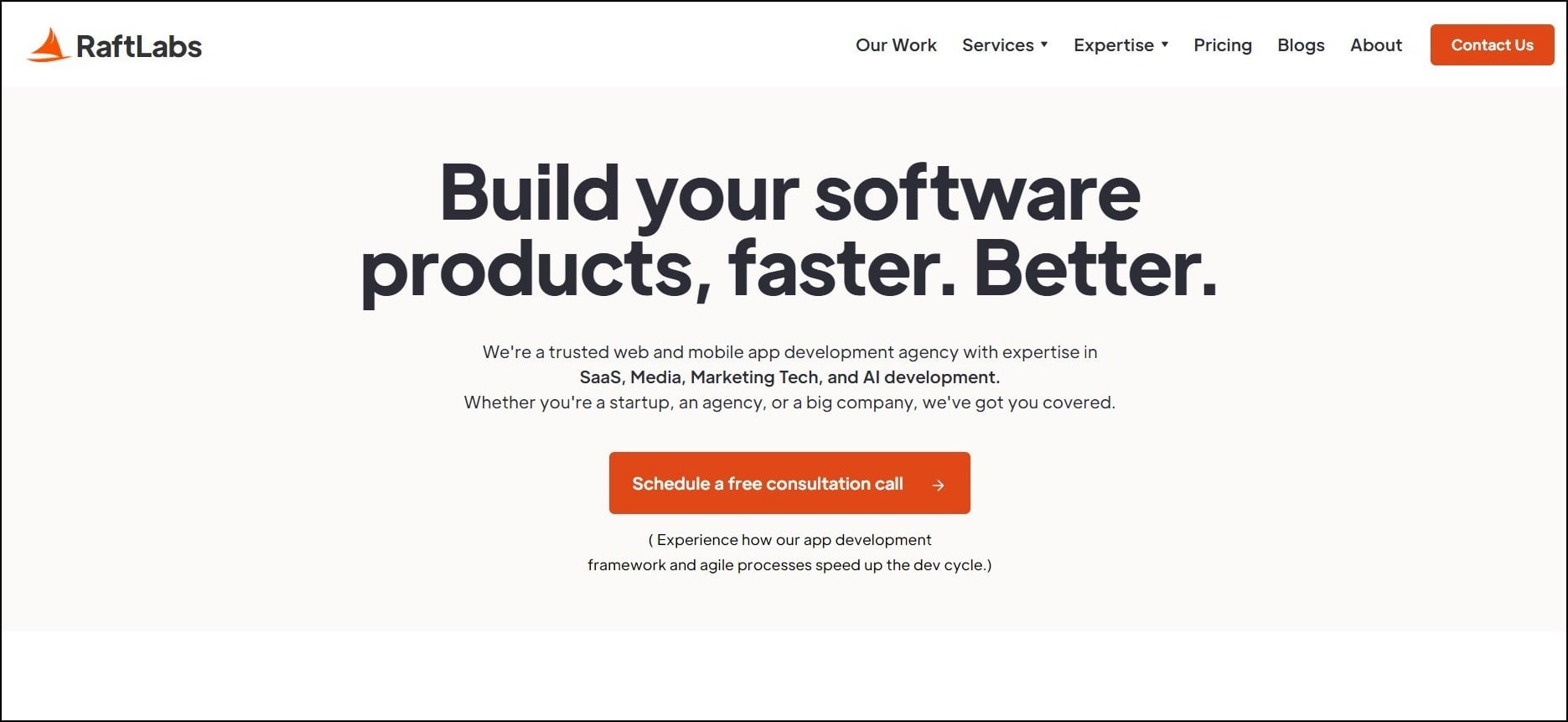
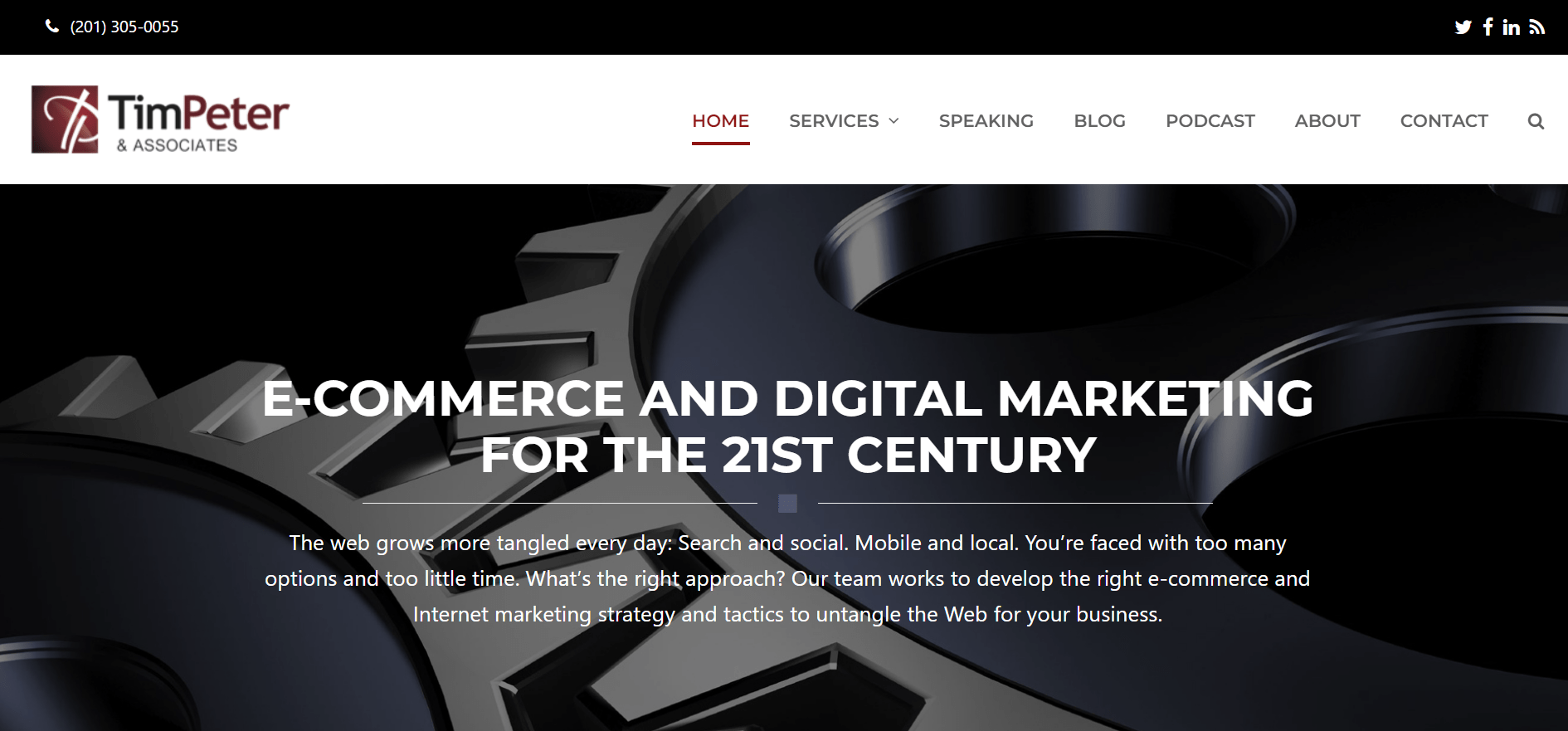
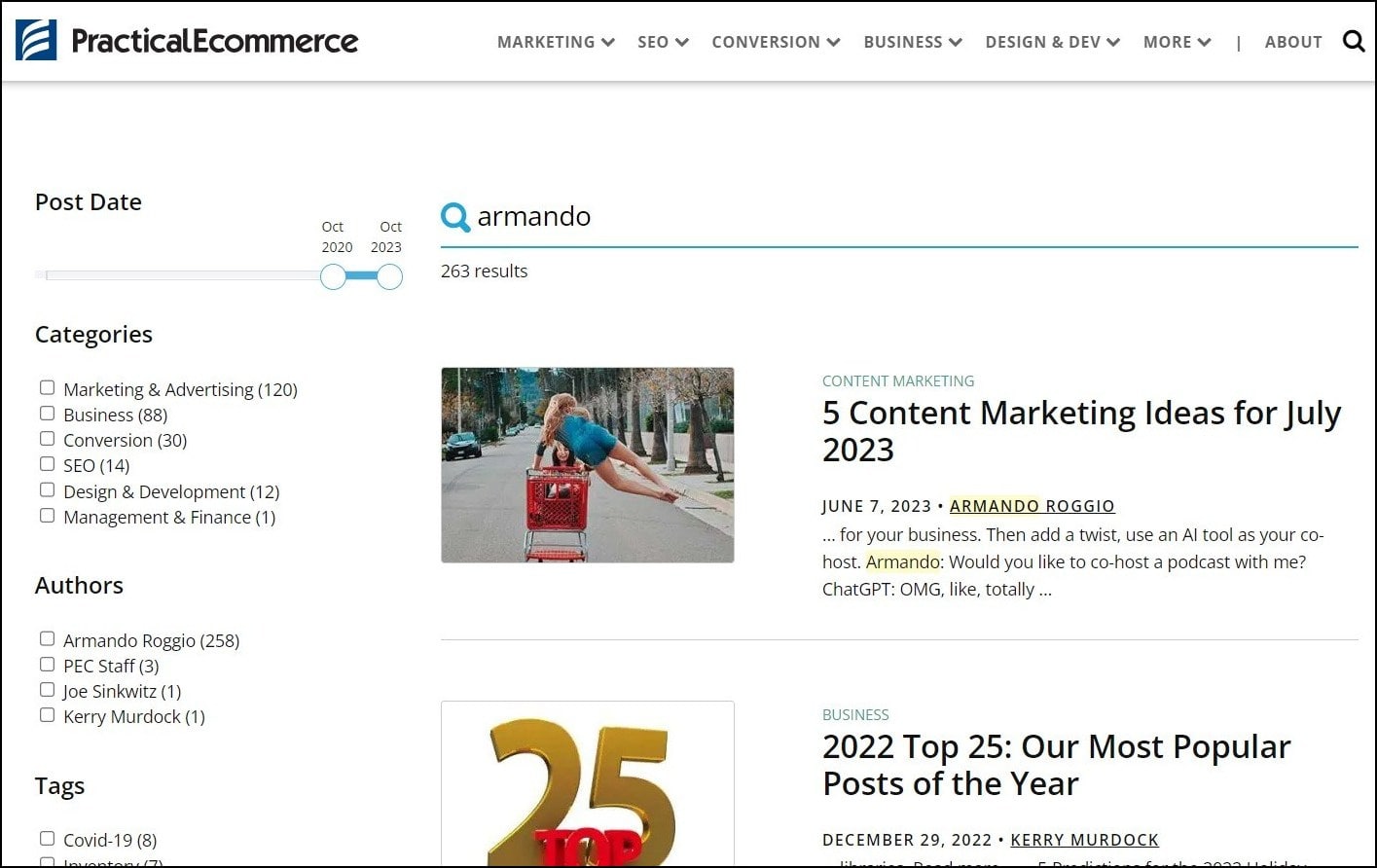
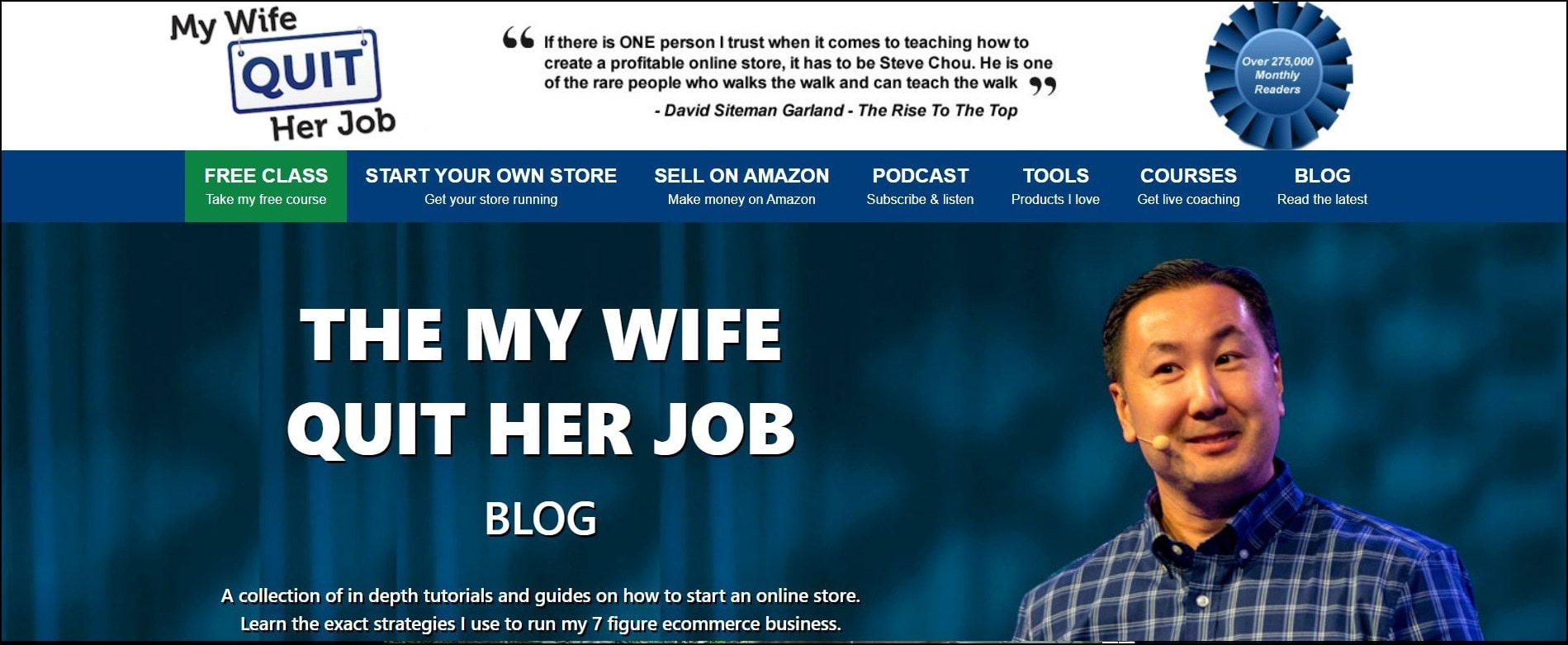
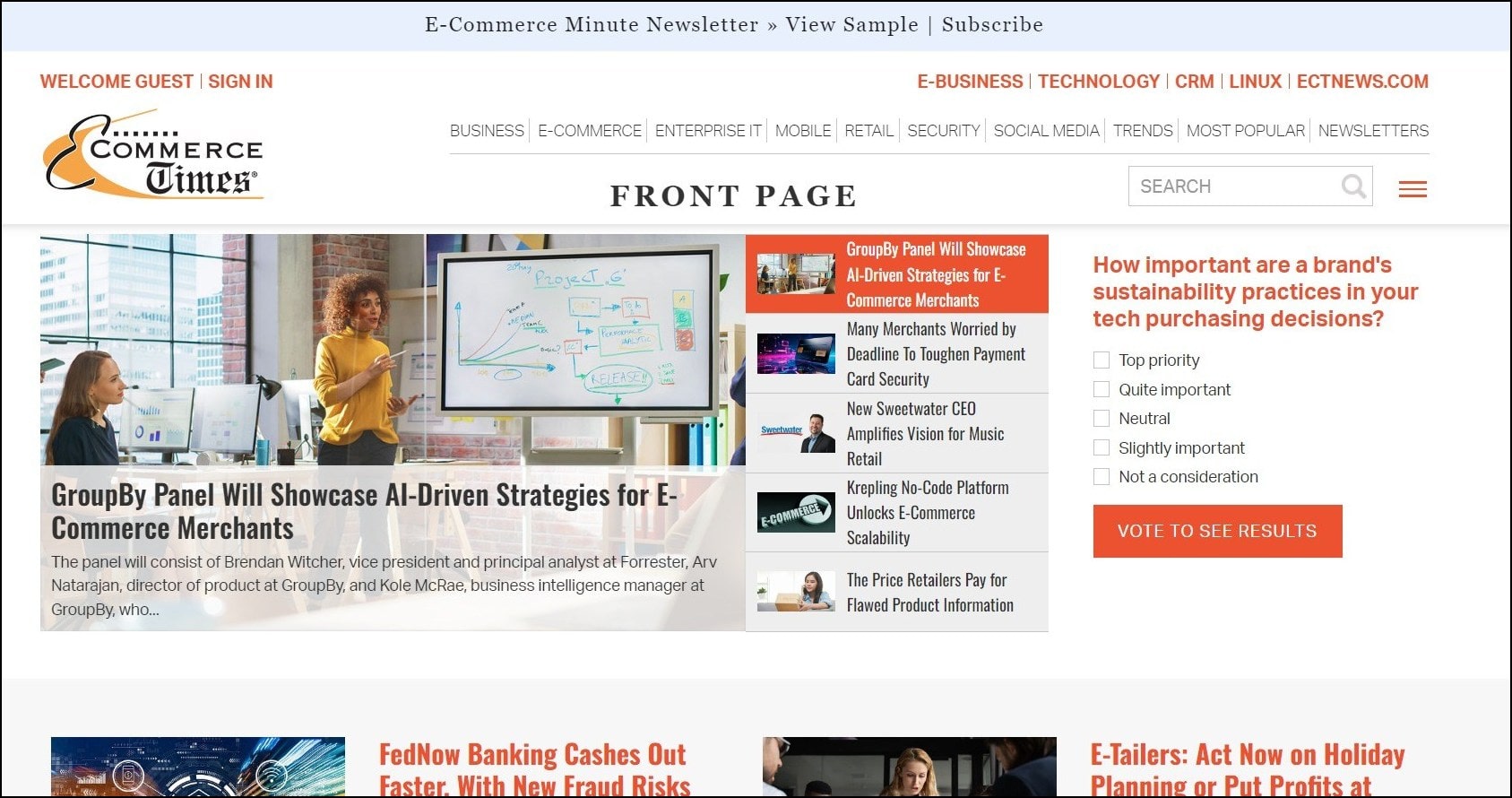
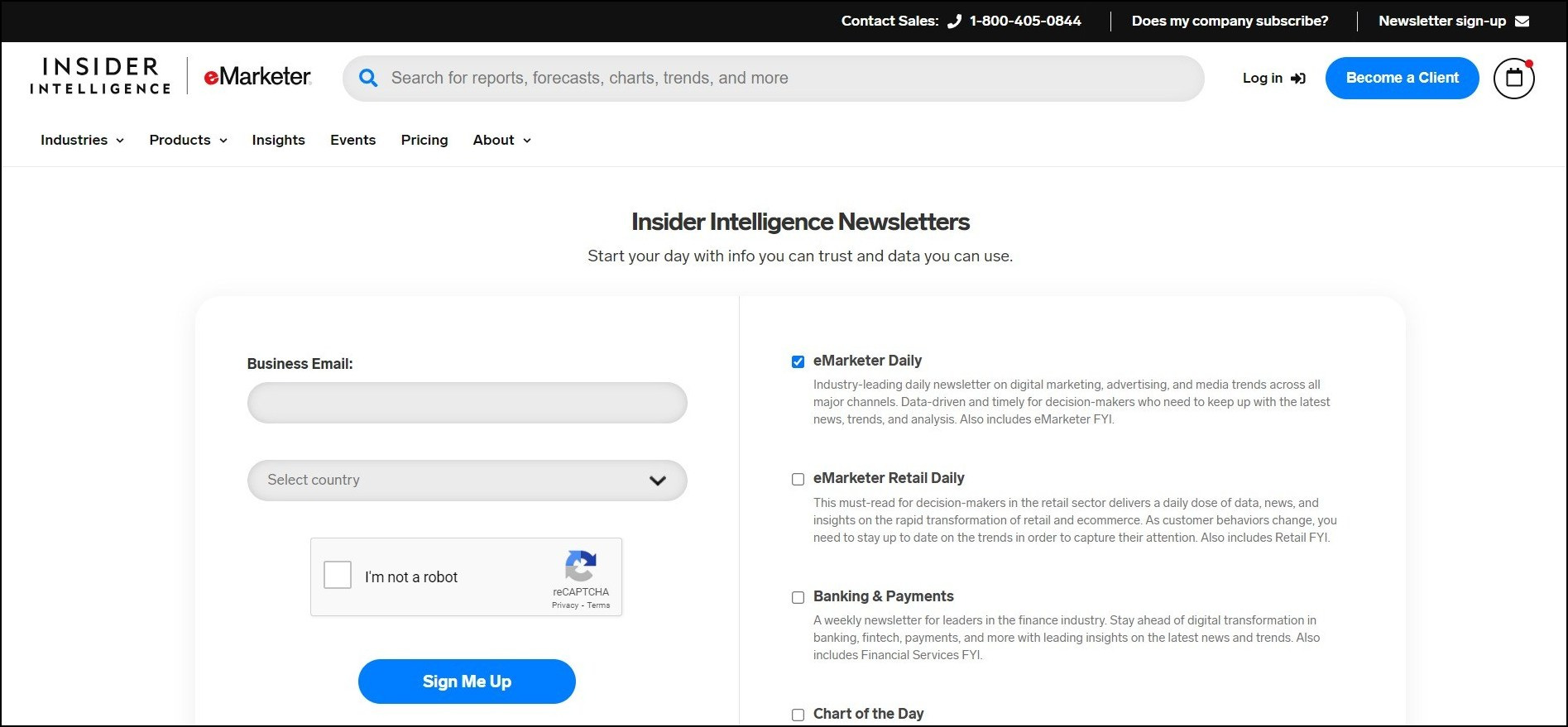
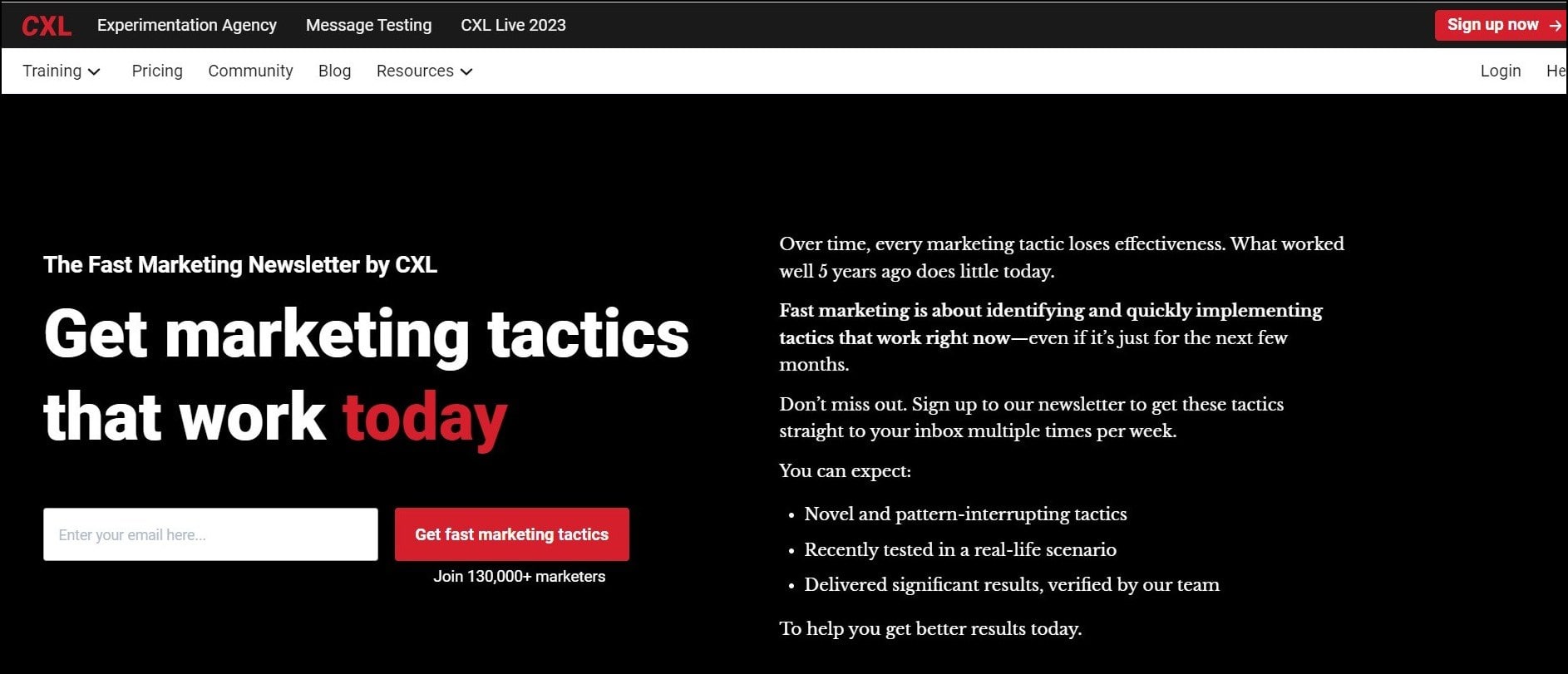
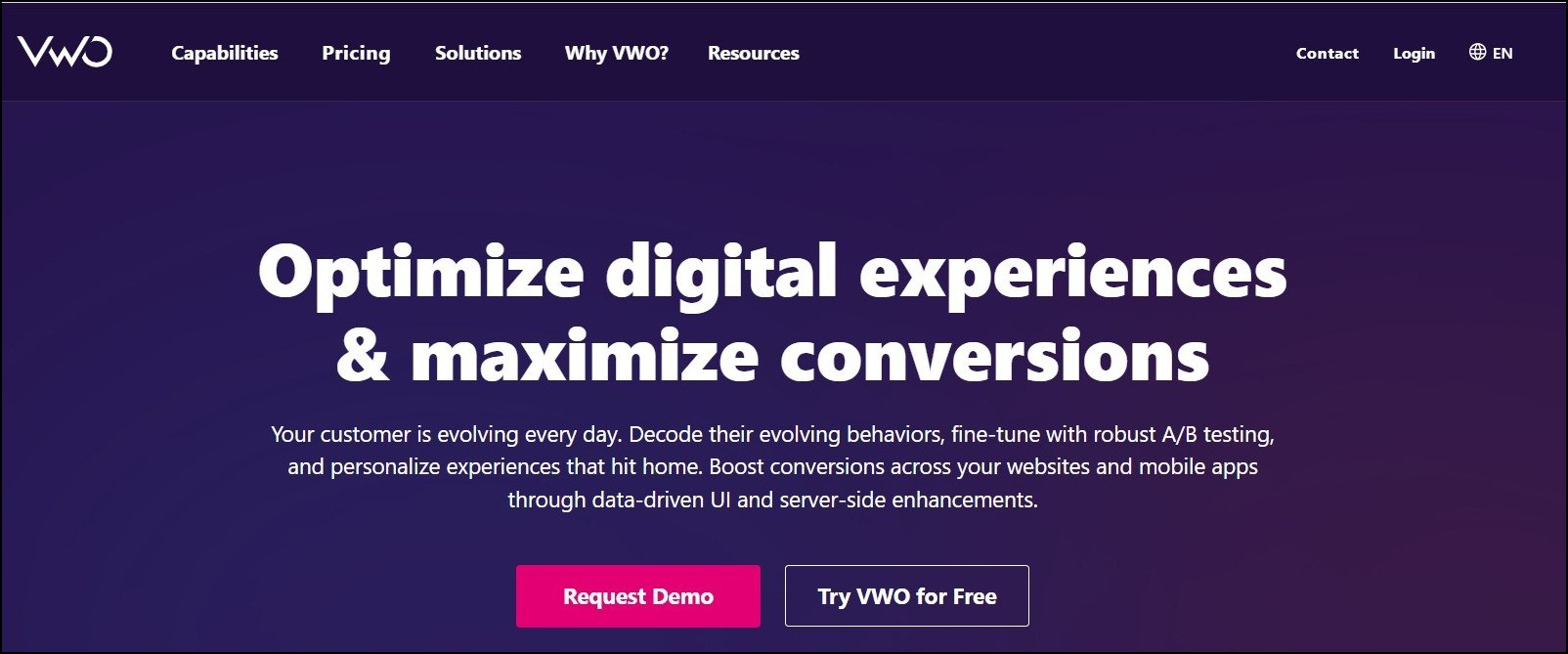
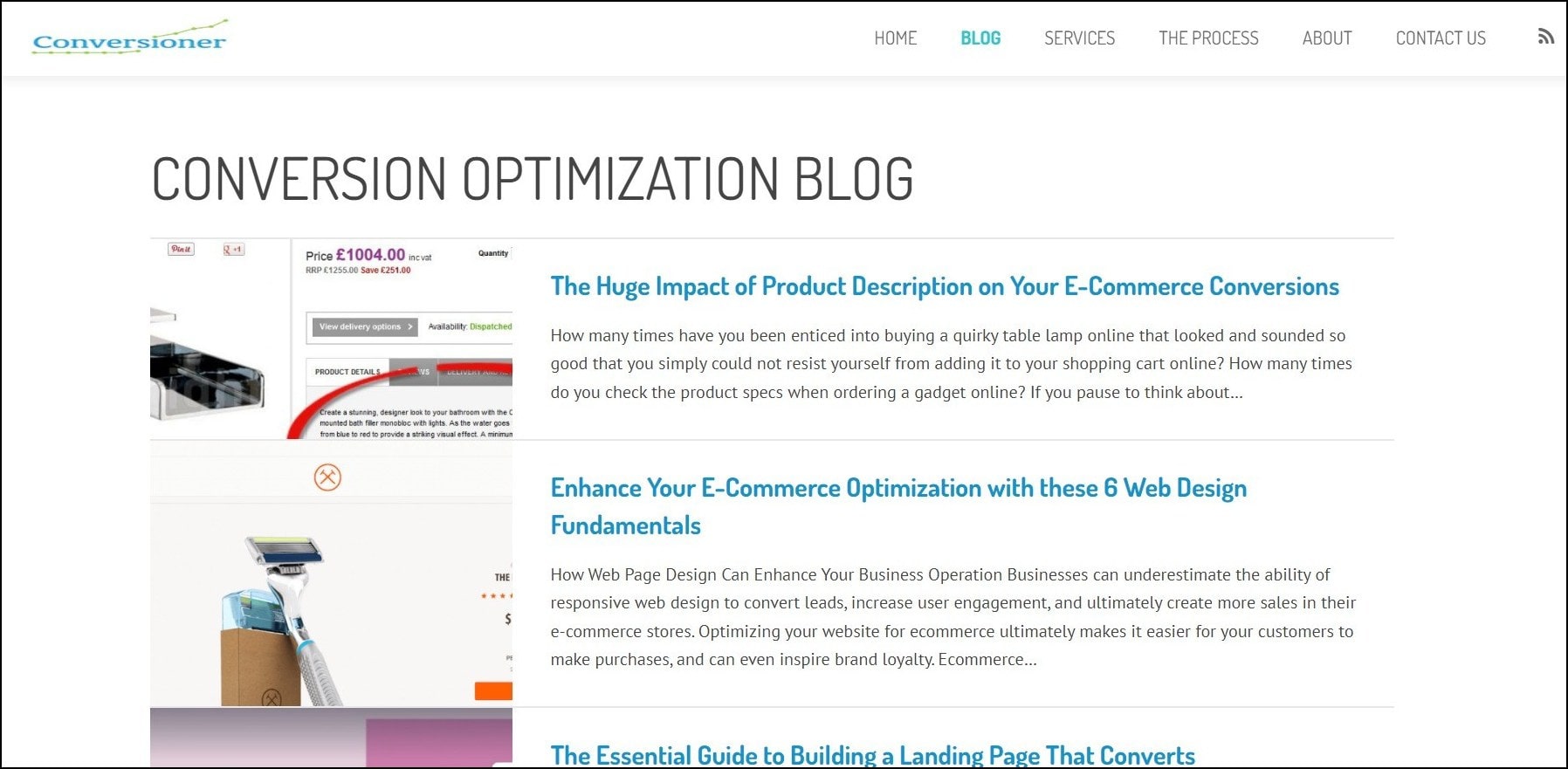
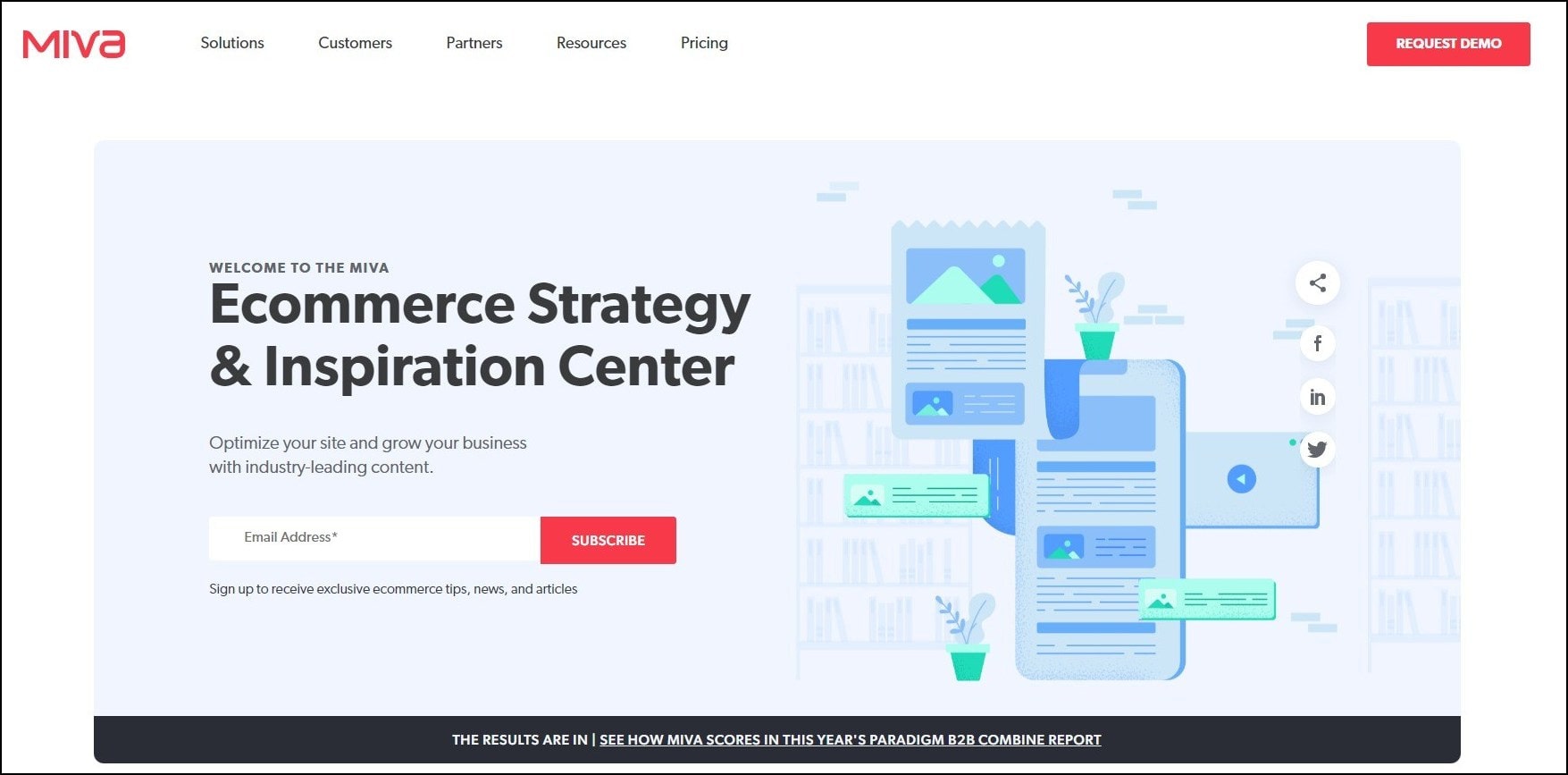
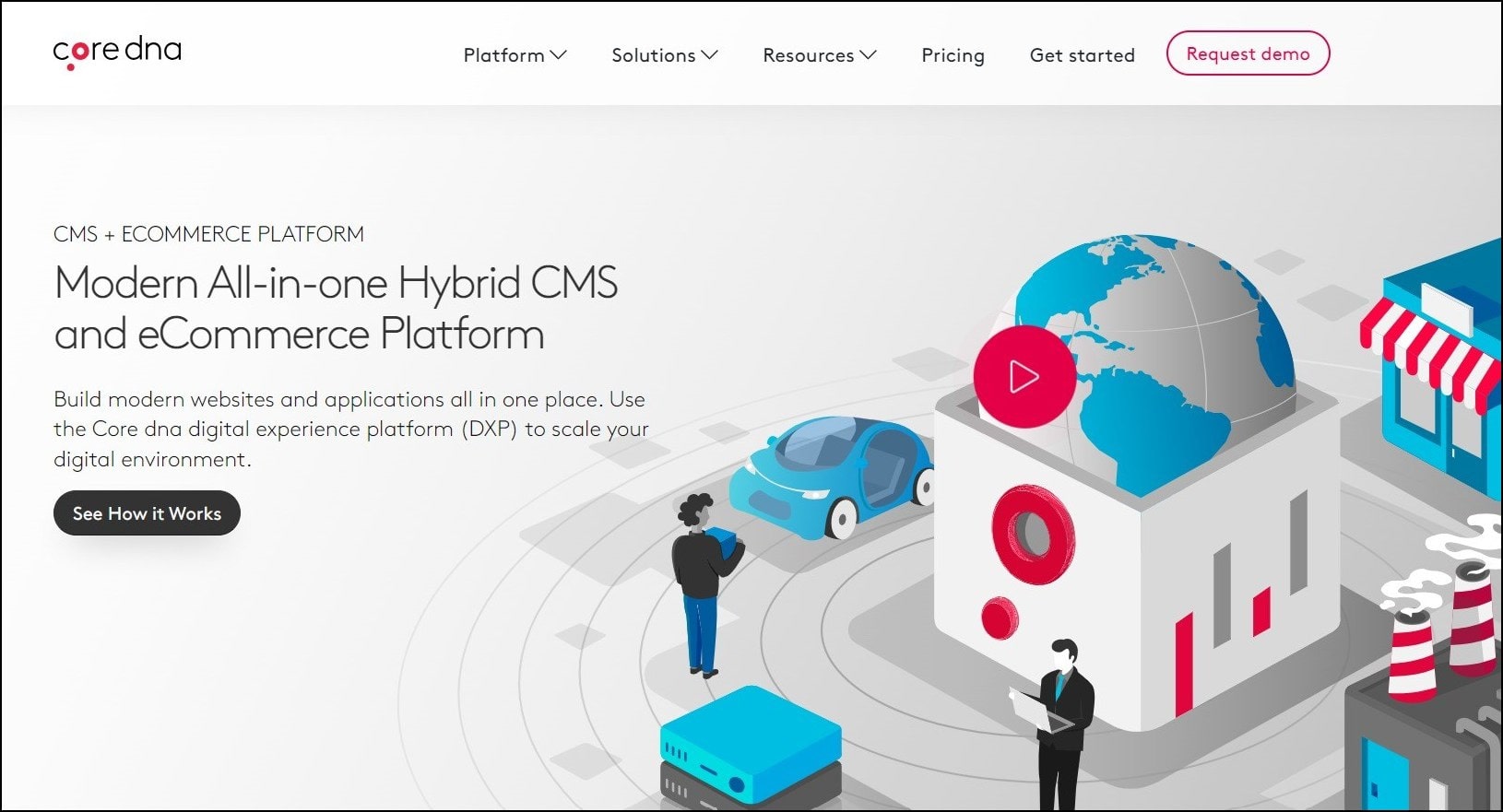
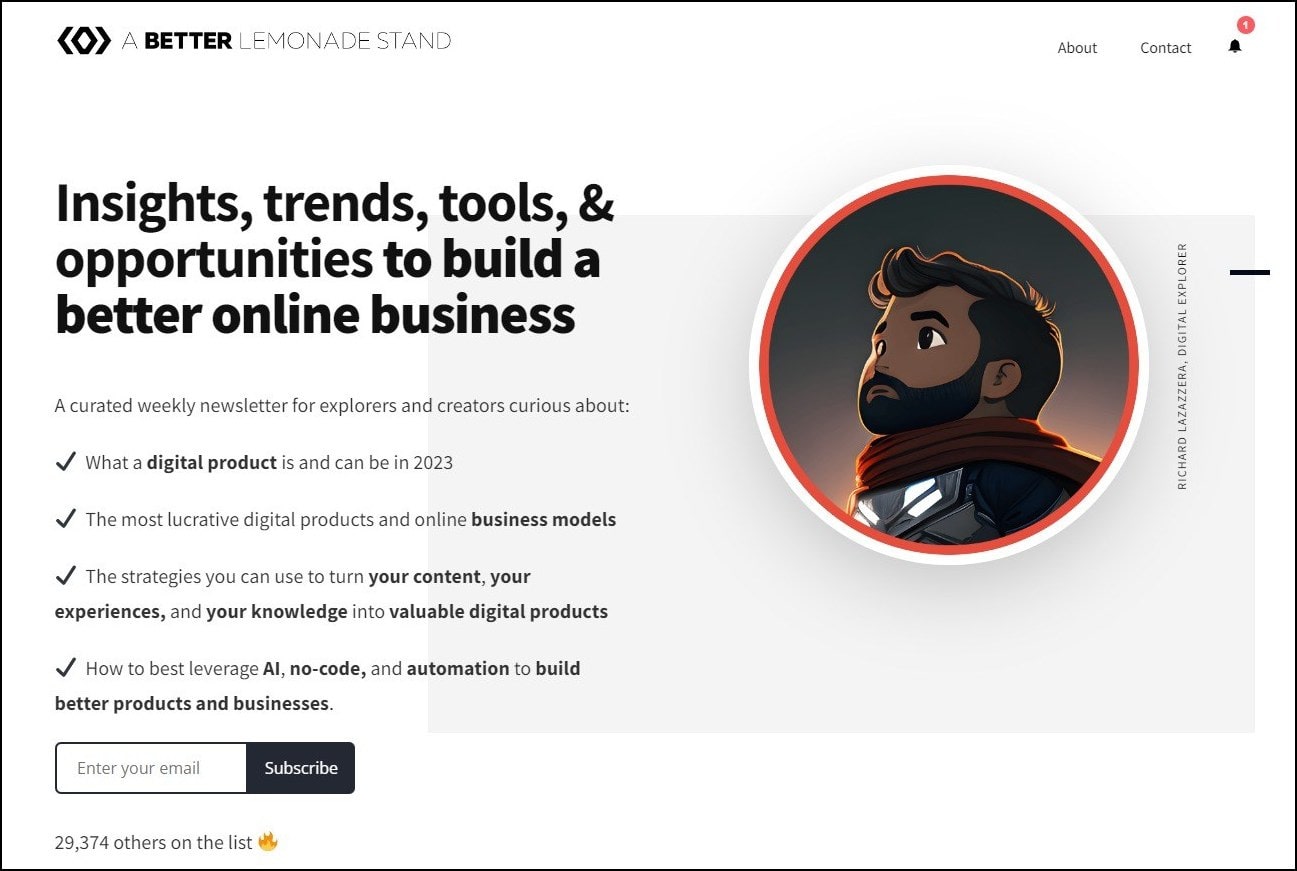
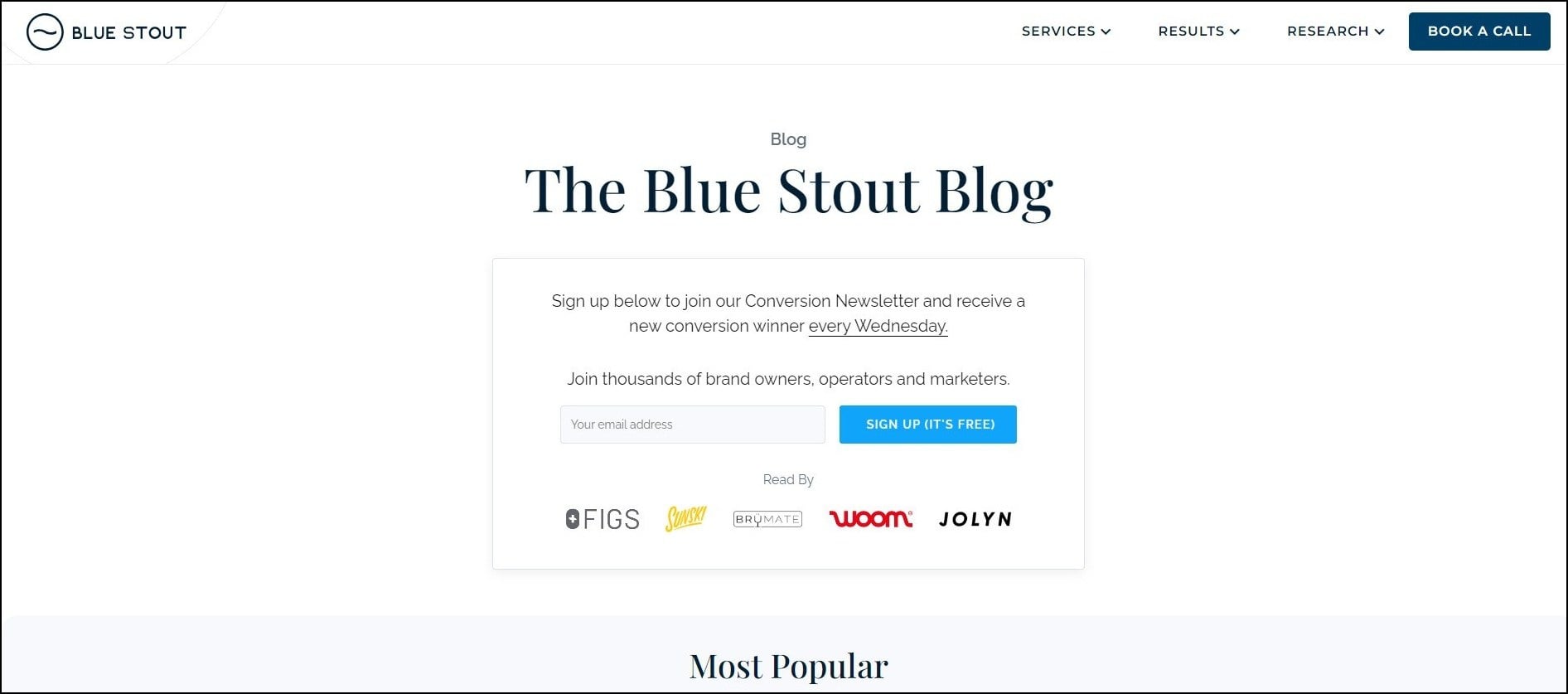
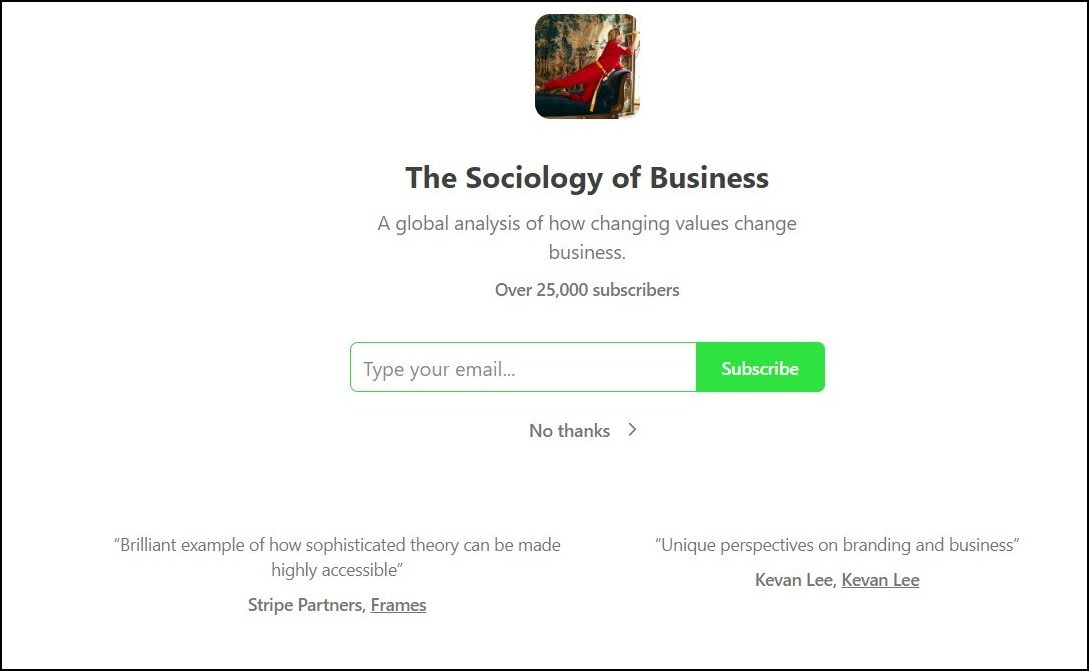

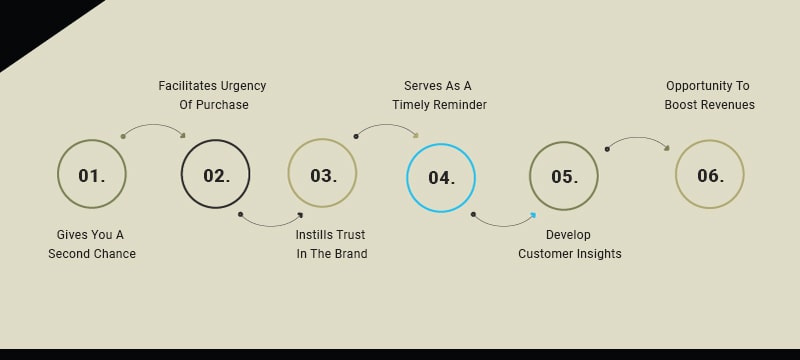

 .
.







